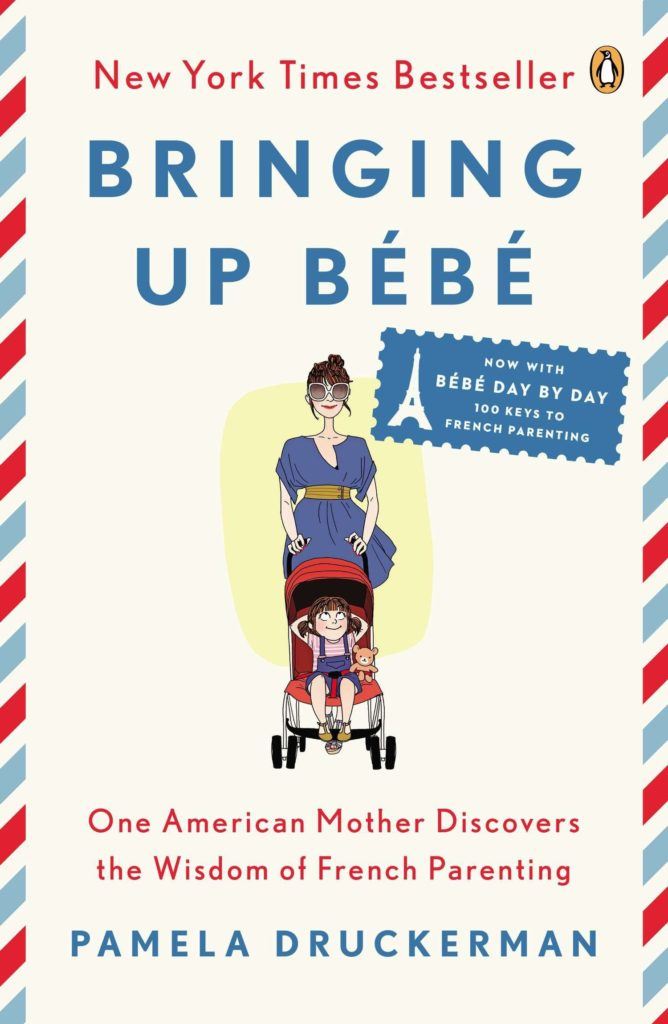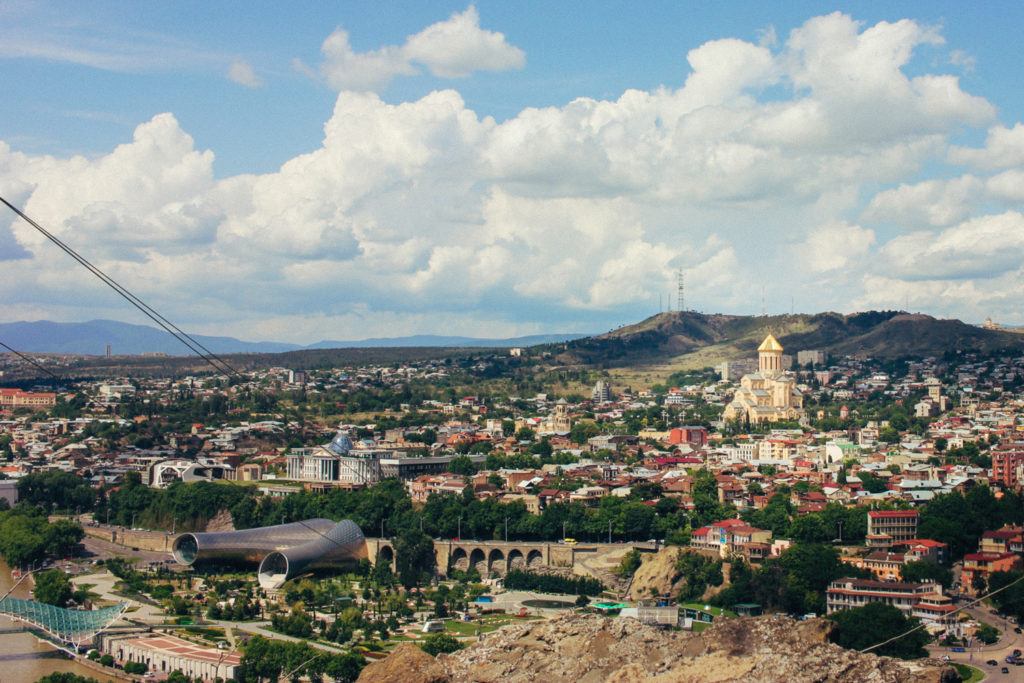
Last year, I fell head-over-heels in love with Tbilisi, Georgia. Though I would’ve had trouble pointing it out on a map, I immediately felt drawn to Tbilisi’s vibe: bohemian, colorful, and wine-obsessed.
Some media outlets are saying that Tbilisi is one of the most exciting cities in the world. All I know is if you like wine, art, history, and natural beauty, traveling to Tbilisi should be at the top of your list.
Because I think everyone should visit Georgia (ask my friends – I won’t shut up about it), I wanted to write a post on some of my favorite unique things to do in Tbilisi.
Tip – You can also scroll down to the bottom of the post for a free map of all the best things to do in Tbilisi, which you can download and use offline with an app like Google Maps.
Where is Tbilisi?
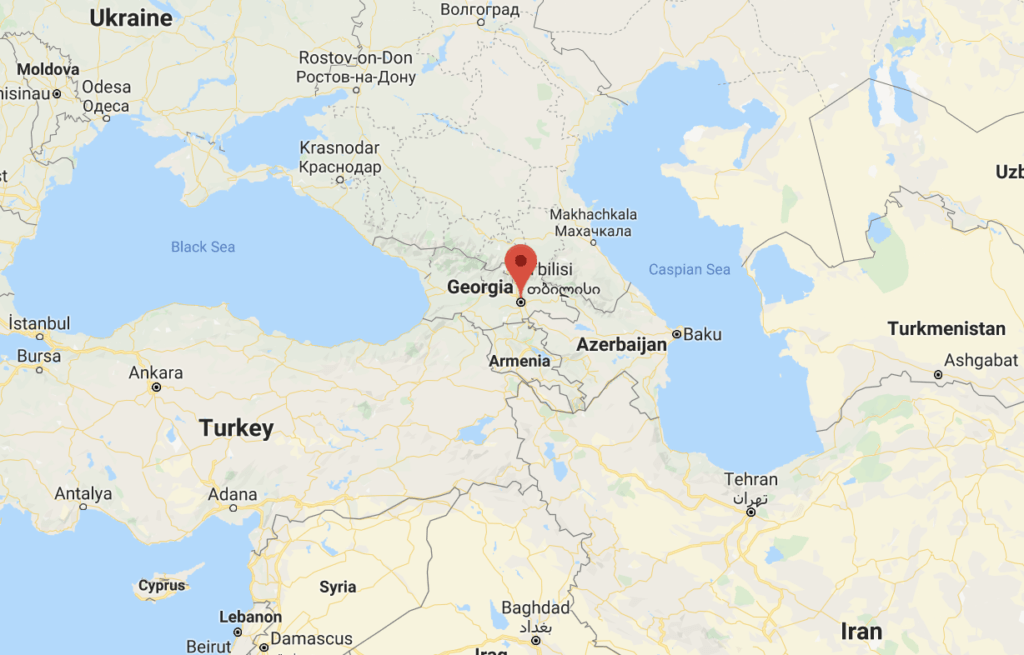
Tbilisi is the capital of the Republic of Georgia. Georgia is located in the Caucasus region, which also comprises Azerbaijan and Armenia. Size-wise, it’s about the same size as Ireland.
5 reasons to travel to Tbilisi, Georgia:
Tbilisi is unique. Tbilisi is a very unusual city; it’s located in Central Asia, yet squashed between Russia and the Middle East. It feels European but is filled with Zoroastrian temples, Armenian churches, and Soviet buildings. I love that it sits at the confluence of so many different cultures, yet has a Georgian flair all its own.
It’s relatively undiscovered. For now, Tbilisi is far enough of the beaten path that it’s not yet mobbed with tourists (though I suspect this will change in the next few years). While Tbilisi tourism is growing, it still pales in comparison to most cities in Europe.
It’s affordable. If you’re wondering, “Is Tbilisi cheap?” The answer is yes, very. A meal in a restaurant will set you back a measly $5, and a room in a mid-range hotel will cost you $25.
It’s progressive. In 2018, Marijuana was decriminalized. In addition to that, Tbilisi also has a growing LGBTQ scene. Though around 80% of Georgia is Orthodox Christian, many travelers say it’s the most modern and liberal capital in the region.
It’s a great entry point for exploring the Caucusus region. Of all the countries in the Caucasus, Georgia is said to be the easiest to visit with some of the friendliest people and the most developed tourist infrastructure.
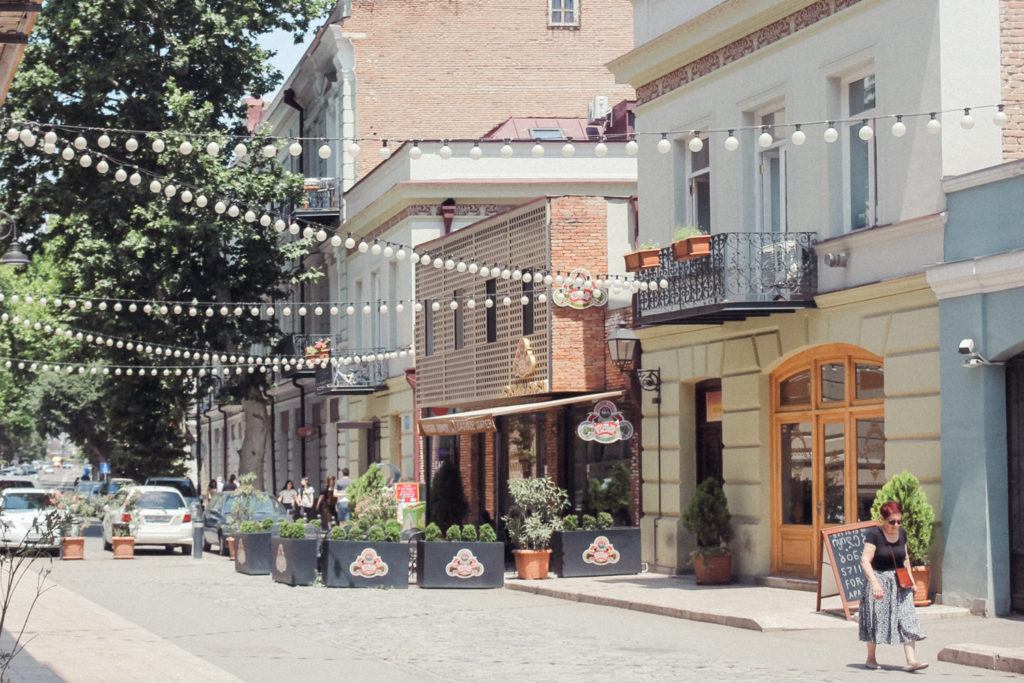
Important Georgia travel tips:
Getting a visa for the Republic of Georgia
Passport holders of most western countries don’t need a visit to enter Georgia. Citizens of 94 countries (including the US) get a free 365-day visa upon arrival. Read more about Georgian visa information here.
Transportation in Tbilisi
Getting around Tbilisi is easy, as the city’s fairly small. You can visit most places on foot, and Tbilisi also has a subway that is inexpensive and safe. But if you’re staying in Tbilisi for a while, download Yandex. Yandex is a ride-sharing app popular that is basically the Uber of Georgia.
Saftey in Tbilisi
Crime in Tbilisi is very low. As a solo female traveler, I felt safe walking the streets alone, though I avoided walking alone at night. I experienced much less cat-calling than in Azerbaijan, for example.
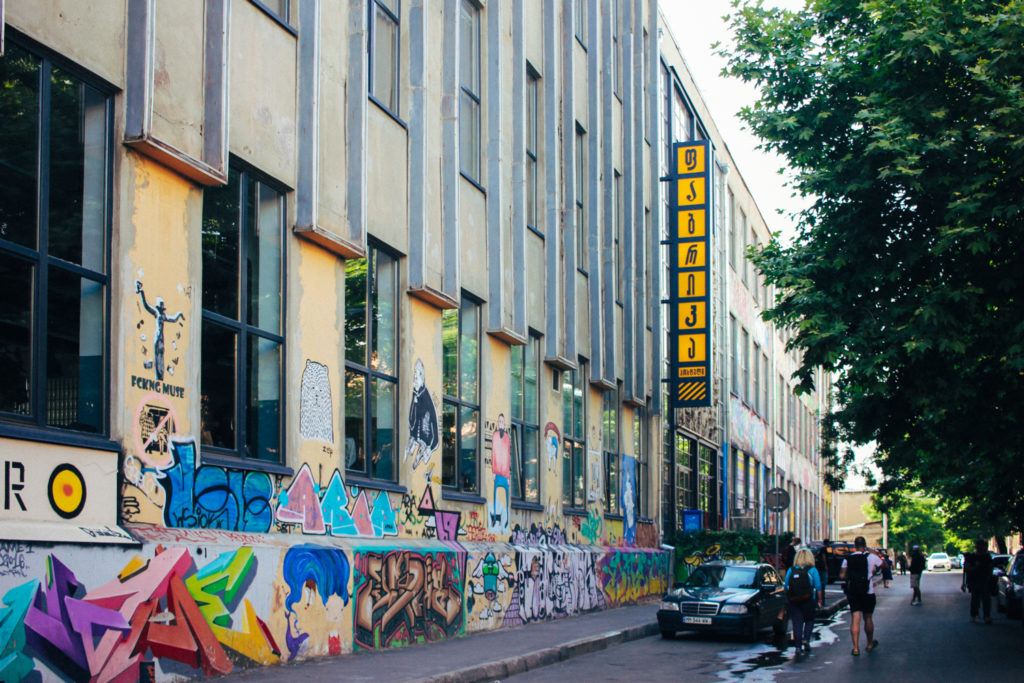
What to do in Tbilisi: 13 unique ideas
Now that we’ve covered the basics, here are some of my ideas on things to see in Tbilisi. This list contains several unusual things to do in Tbilisi that you won’t find in every guide on the internet, and of course, includes lots of food and wine.
Stay in an old Soviet factory
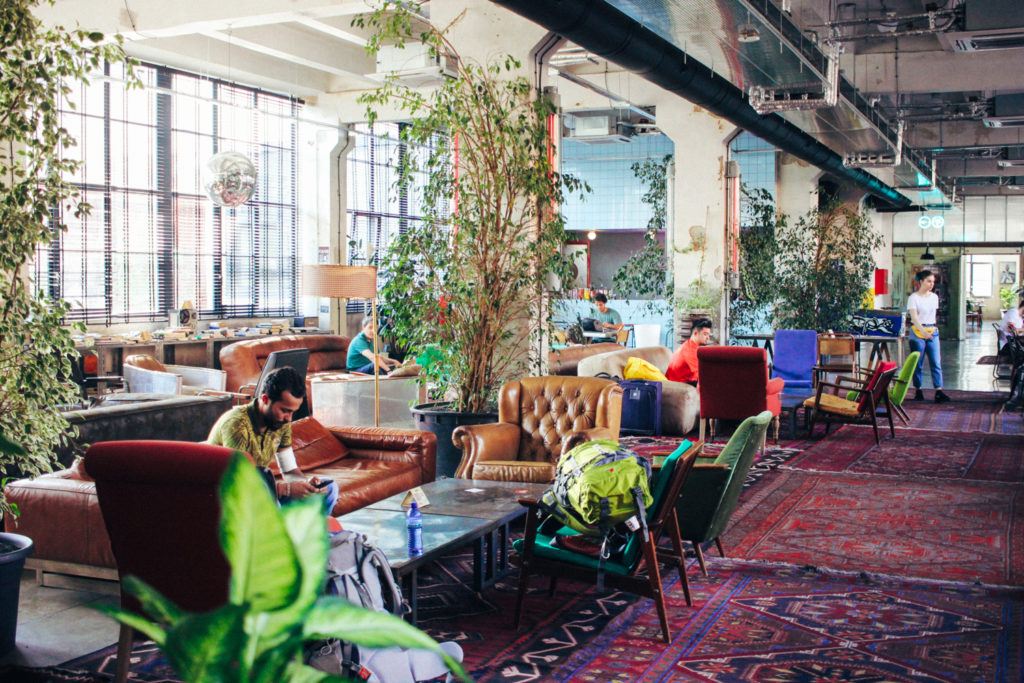 Can we please take a moment to appreciate Fabrika’s gorgeous lobby?
Can we please take a moment to appreciate Fabrika’s gorgeous lobby?
One of the best decisions of my trip was staying at Fabrika, an abandoned Soviet sewing factory turned hostel.
Fabrika’s one of the best hostels I’ve ever stayed at. The sparkling-clean dorms have air-conditioning (crucial), and each bunk has a reading light and outlets.
But Fabrika is so much more than a hostel; it’s also a coworking-space and cultural hub. Out back, it has a courtyard with restaurants, bars, a record store, and an art gallery where tourists and locals hang out.
Fabrika offers lots of events, many of which are free. You can read about upcoming events on their website.
You can check current prices for Fabrika on Booking.com.
Explore Tbilisi’s Old Town
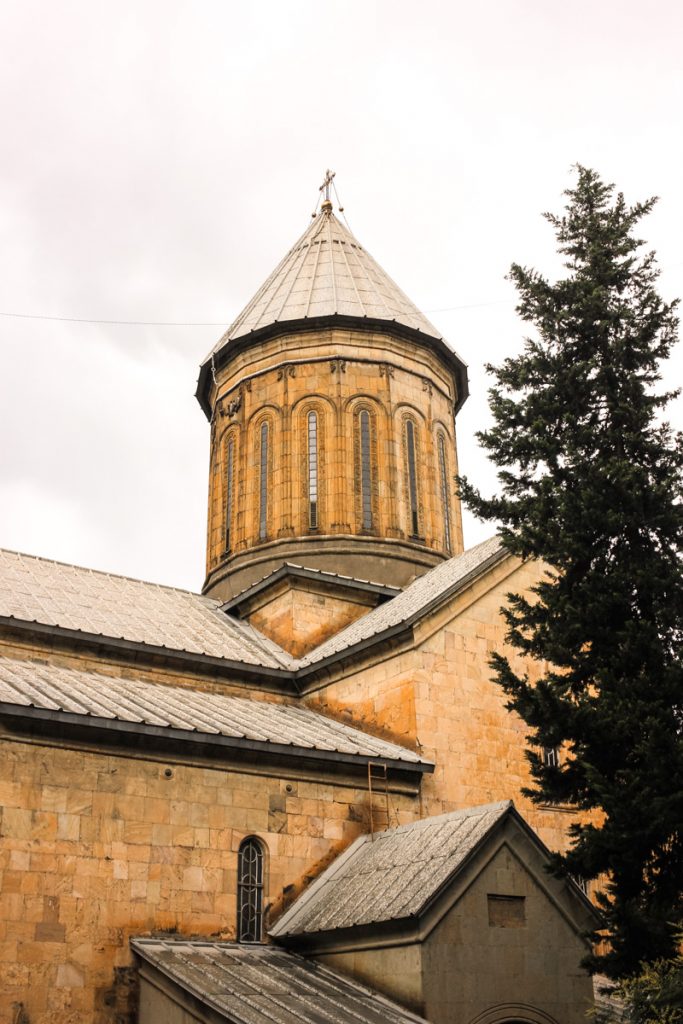
St. George’s Armenian Cathedral
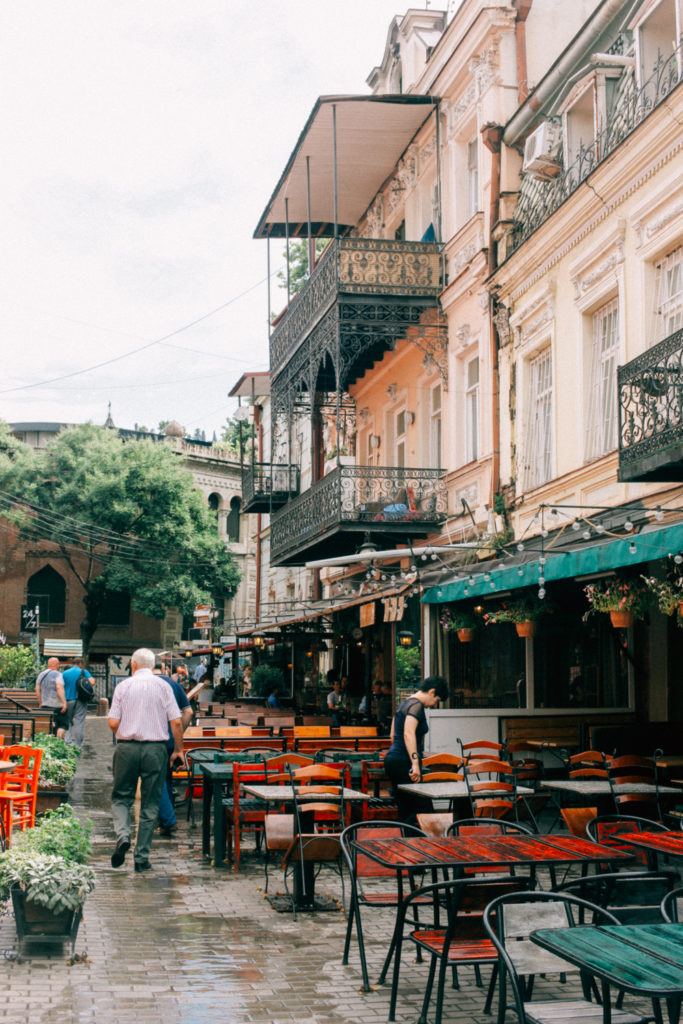
The beautiful architecture in the Old Town
Kick off your Tbilisi sightseeing in Tbilisi’s Old Town, a neighborhood that is brimming with quirky shops, churches, and art galleries.
Tbilisi’s labyrinthine Old Town has a decidedly European feel, from the cobblestone streets to the latticed balconies.
It’s the perfect place to get lost with your camera in tow, or while a few hours drinking Svaneti in a sidewalk café.
Highlights in the Old Town:
- The Marionette Theater & Leaning Clock Tower — The leaning clock tower is so adorable it looks like Walt Disney dreamed it up. There’s also a puppet show here.
- Tbilisi Botanical Gardens —Formerly the city’s royal gardens, Tbilisi’s botanical gardens are lush and centrally located. The gardens are quite large, so bring comfortable shoes and a bottle of water. And don’t miss the sulfur waterfall — you can even bring your suit and go swimming there.
- Gallery 27 – Located on the second story of a traditional Georgian home, Gallery 27 is an art gallery with handmade items made by local artists. You can find a wide array of crafts here, such as silk art, cloisonné enamel bowls, ceramics, and toys. Don’t forget to take a picture of the stained glass staircase on your way out!
You can also explore the Old Town with a professional guide – check out the Tbilisi Old Town walking tour here.
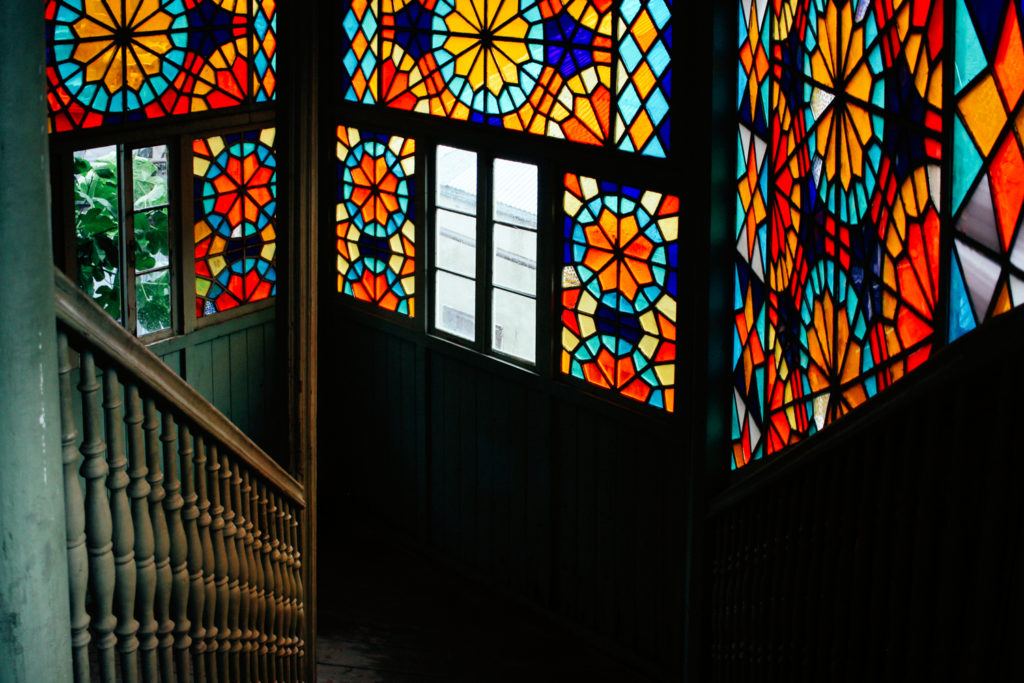 The gorgeous stained glass staircase at Gallery 27.
The gorgeous stained glass staircase at Gallery 27.
Stroll down beautiful Davit Aghmashenbeli Avenue
Davit Aghmashenbeli Avenue is a pedestrian-only avenue that is perfect for an afternoon stroll. It’s packed with cafés and restaurants and is a great place to drink wine, eat khachapuri, and smoke hookah (there’s a lot of hookah here for some reason). I especially loved the string lights hung over the street.
Though the avenue is a little touristy, it’s definitely worth stopping by.
Get scrubbed down at the sulfur baths
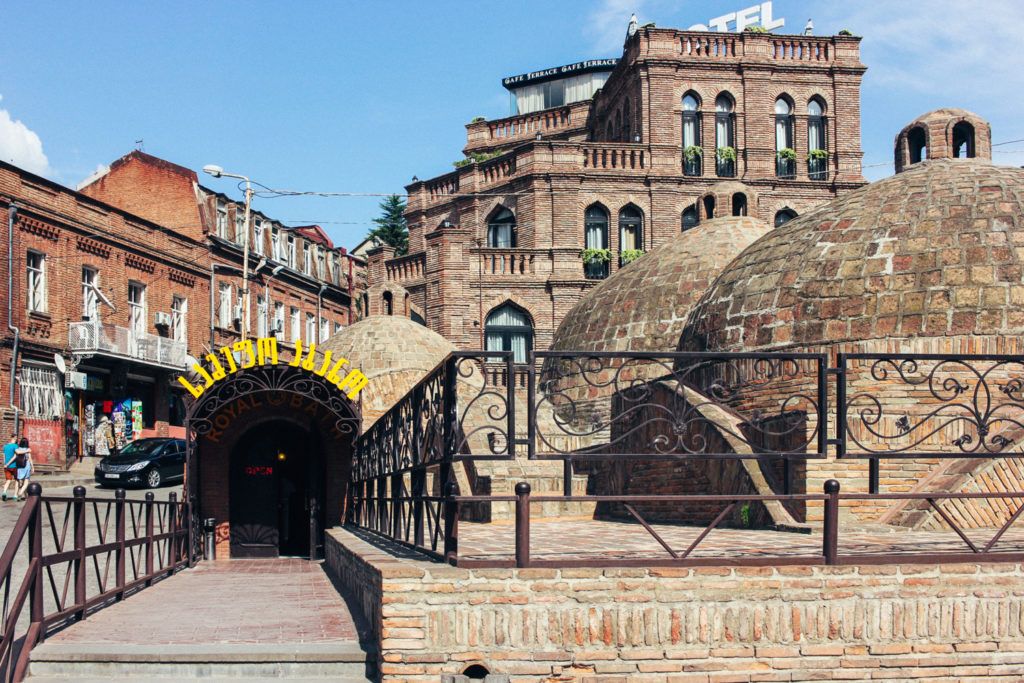
If you’re a spa lover, don’t miss the Tbilisi sulfur baths. The sulfuric water is said to cure everything from muscle aches to acne.
If you don’t want to get naked with strangers (fair), you can also rent a private bathhouse that comes with a massage. But if you want a truly local experience, go for the communal bathhouse. It’s cheaper, and let’s be honest — a much better dinner party story.
There are around 10 sulfur baths in Tbilisi, but the ones in Abanotubani are highly regarded.
Take the cable car to Narikala Fortress
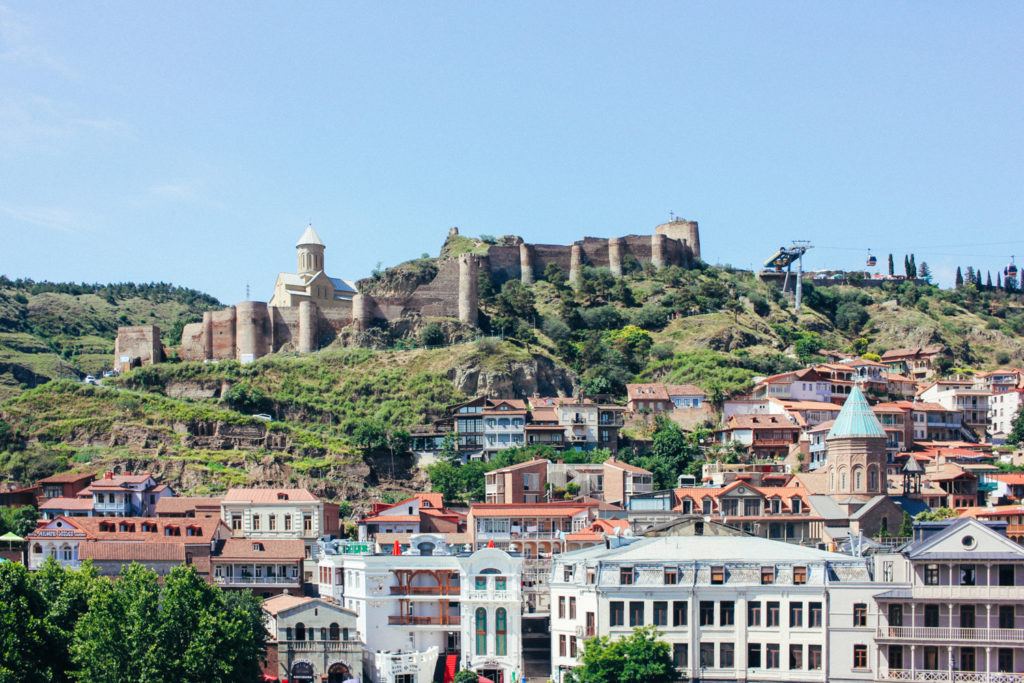
Built in the 4th century, Narikala Fortress is a former Persian citadel that dominates the Tbilisi skyline. Though it’s now a ruin, it has survived an impressive amount of invaders: the Umayyads, the Mongols, and most recently, the demolition-happy Soviets.
Before you head up to the fortress, pay a visit to the Mother of Georgia (Kartis Deda), a statue that was constructed in 1958 to stand guard over Tbilisi. Curiously, she seems to be facing the wrong way.
The easiest way to get to Narikala Fortress is by cable car, which starts in the Old Town and crosses the river. I recommend riding the cable car at sunset to get the best views of the city. It costs 2.50 GEL ($0.80 USD) to ride the cable car one-way.
Visit Metheki Church, one of Tbilisi’s Orthodox churches
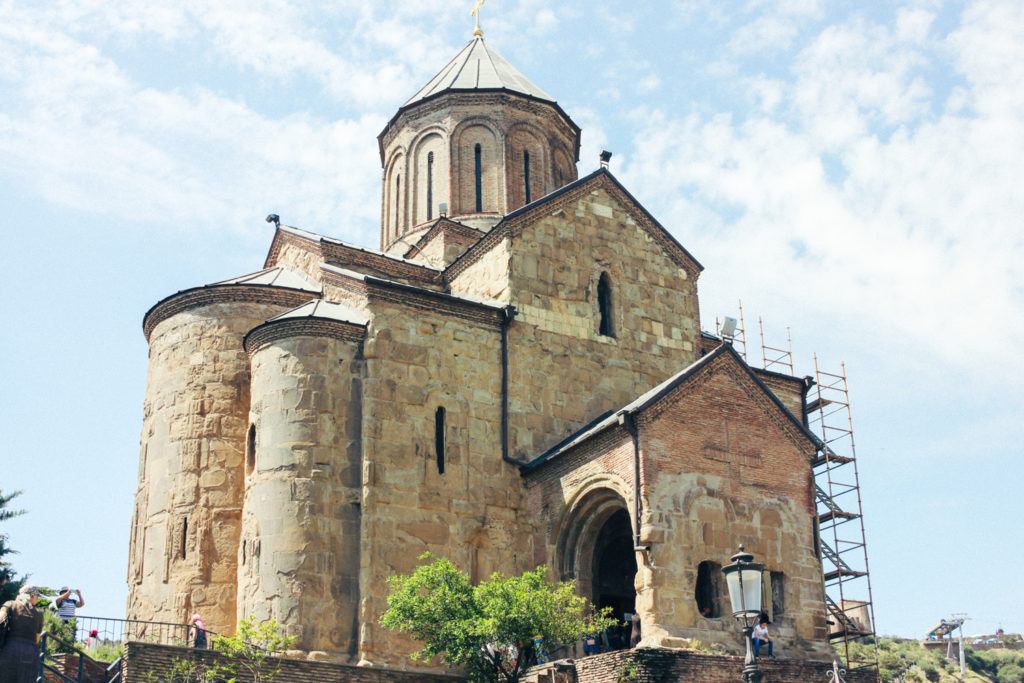
While you’re in the neighborhood, stop by Metheki Church, a Georgian Orthodox church that dates back to the Middle Ages. It’s free to entre the church, like most churches in Tbilisi.
Like Narikala Fortress, Metheki Church has endured a lot of abuse. During Russian occupation in the 19th-century, it was used as a military barracks. In the thirties, the Bolsheviks tried to demolish the church entirely. Thankfully, they were met with opposition from Georgian intellectuals and the church still stands.
Note to female travelers – you will need to cover up in the church – no bare shoulders or above-the-knee skirts/shorts are allowed. And bring a scarf so you can cover your head.
Sample Georgian wines
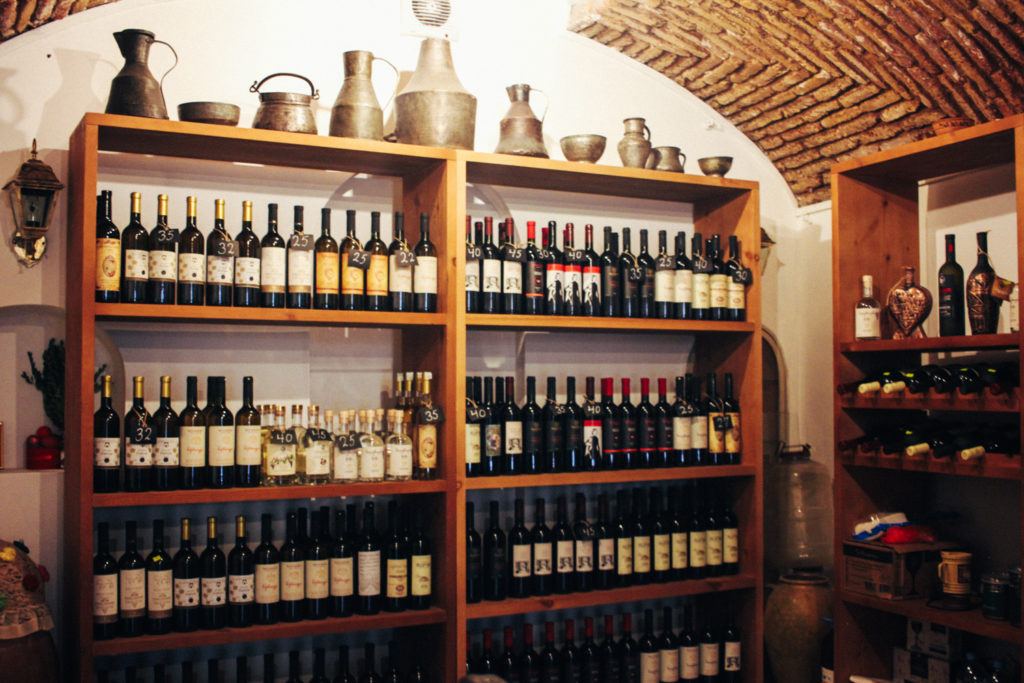 Full disclosure – I uniformly found Georgian wine to be pretty terrible. But in any case, drinking wine in Georgia is an important experience as it’s such a beloved national pastime.
Full disclosure – I uniformly found Georgian wine to be pretty terrible. But in any case, drinking wine in Georgia is an important experience as it’s such a beloved national pastime.
Across Tbilisi, you will find many traditional wine cellars, where you can spend the afternoon tasting Georgian wines. Fun fact – Georgia has been producing wine for 8,000 years, longer than anywhere else in the world.
If you want to do a Georgian wine tasting, I recommend going to the Wine Gallery. The staff is incredibly helpful and knowledgable, and the venue is beautiful. Try the Svaneti!
You can also do a guided day tour to Kakheti, a nearby wine region – this is a good one.
Experience Tbilisi’s nightlife at Fabrika
Even if you don’t stay at Fabrika, I highly recommend heading there for dinner and drinks.
Fabrika’s courtyard has breweries, bars, and restaurants, and is populated by both travelers and locals. At night it comes alive and the atmosphere is wonderful – you can sit on pallets while sipping craft cocktails, and check out the shops in the courtyard and many different restaurants.
Shop for Soviet relics at the Dry Bridge Market
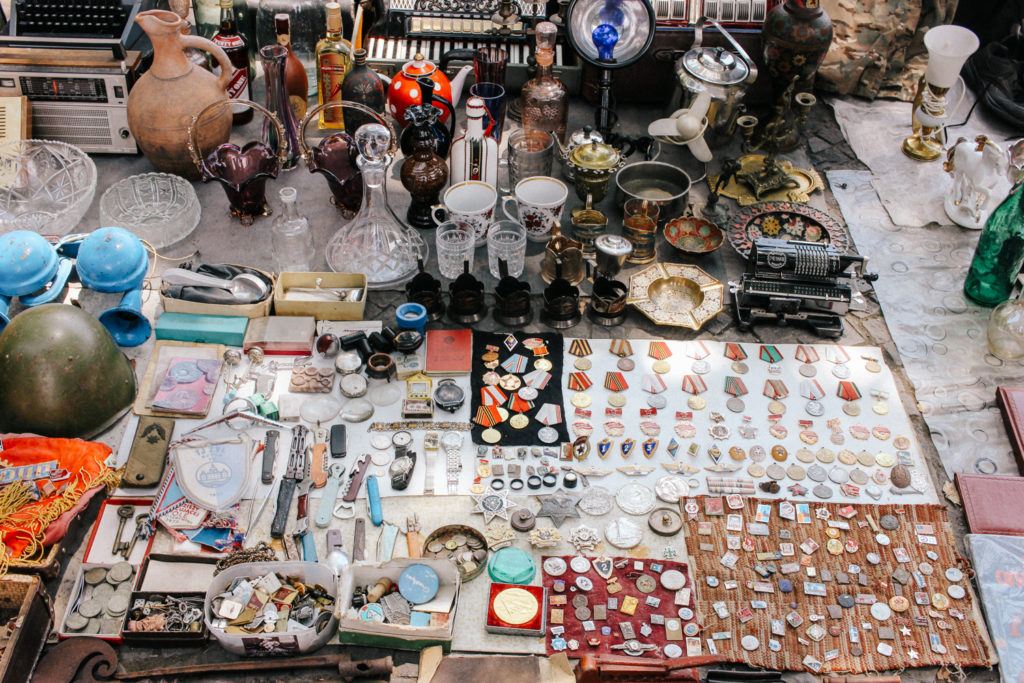
Have you ever wanted to buy a Soviet film camera? A KGB identification card? How about a framed picture of Stalin?
Well at the Dry Bridge Market, you can get all of that and more. You’ll have to sift through a lot of junk, but there are many treasures to be found. For $12, I took home a beautiful antique jewelry box from Iran.
Tips for visiting the Dry Bridge Market:
- The market is open every day from 10:00 – 17:00, though it may not be open if there’s bad weather.
- There are more sellers at the markets on Saturday and Sunday.
- Be prepared to barter! The sellers are tough.

Buy a Caucasian rug at the Caucasian Carpet Gallery
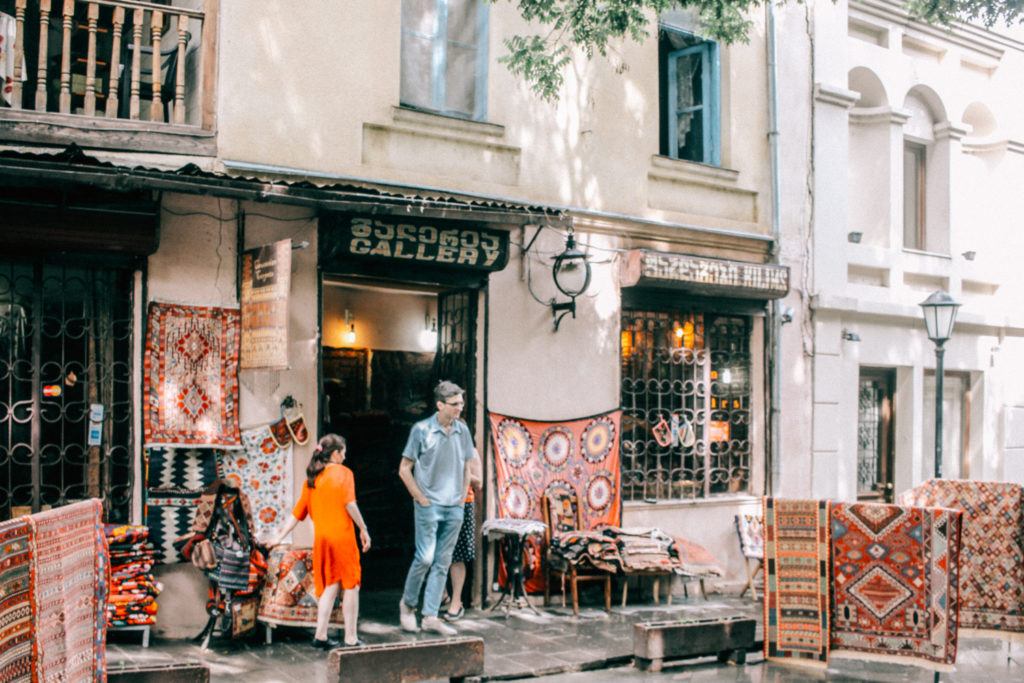 Caucasian Carpet Gallery, the best place to buy carpets in Georgia.
Caucasian Carpet Gallery, the best place to buy carpets in Georgia.
Did you know the Caucasus region is famous for its carpets? Caucasian rugs are famous for their bold geometric patterns and tribal designs, which are unique to the region in which they were produced.
If you want to buy a carpet in Tbilisi, head to the Caucasian Carpet Gallery. The gallery has rugs from all over the region: Georgia, Azerbaijan, Iran, and Central Asia.
The best part about the Caucasian Carpet Gallery is the staff; they were extremely knowledgable and more than happy to pull out dozens of rugs and lay them in the street so I could see them in natural lighting.
In the end, I bought an 85-year old Sumakh rug. It cost $550 (so much cheaper than it would cost in the US), and it’s one of my favorite souvenirs from my travels.
Tip – Bring cash! If you pay in cash, the owner may give you a discount (he quoted me $50 cheaper for paying in cash). If you buy a rug, they will ship it to your home so you won’t have to worry about transporting it.
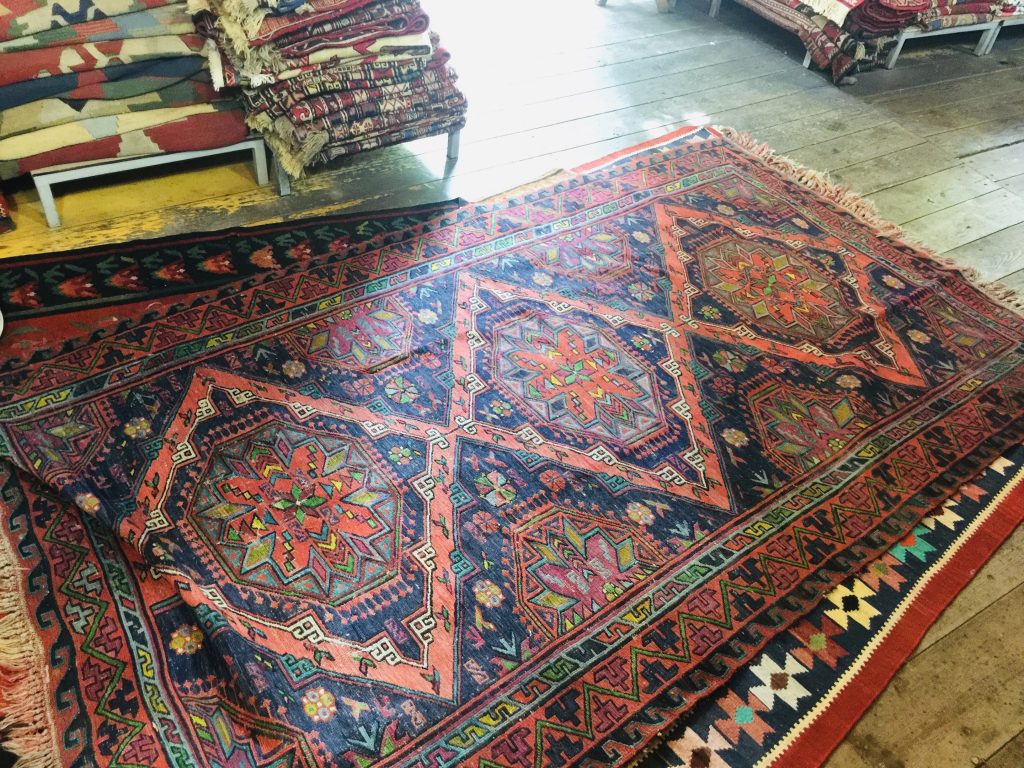 The beautiful, 85-year old Caucasian rug I bought!
The beautiful, 85-year old Caucasian rug I bought!
Try traditional Georgian food
The food in Georgia is wonderful. It revolves around bread, cheese, and walnuts, and is hearty and delicious, though not remotely low-calorie. Definitely don’t come here on the keto diet.
Here are several dishes I recommend trying:
Khinkali, Georgian soup dumplings
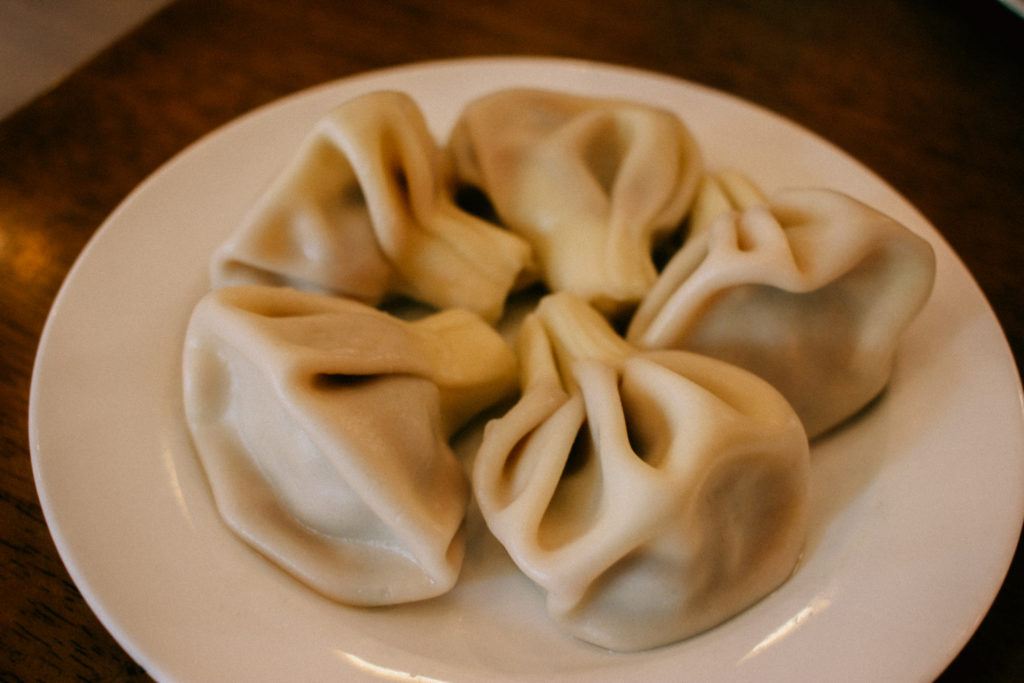
Khinkali are Georgian soup dumplings. They are traditionally stuffed with meat, though I did find mushroom and cheese khinkali as well.
Aren’t they cute? They remind me of a French chef’s hat.
Khachapuri, Georgian cheese bread

You can’t visit Georgia without trying Khachapuri, which is a cheese-filled bread dish native to Georgia.
Georgia has many regional variations of Khachapuri, but the most popular is Khachapuri Adjaruli, the canoe-shaped, cheese-stuffed dough ball above. It usually comes topped with a raw egg and a pat of butter, which you mix vigorously into the cheese before eating. It’s outrageously good.
Churchkhela, Georgian candy
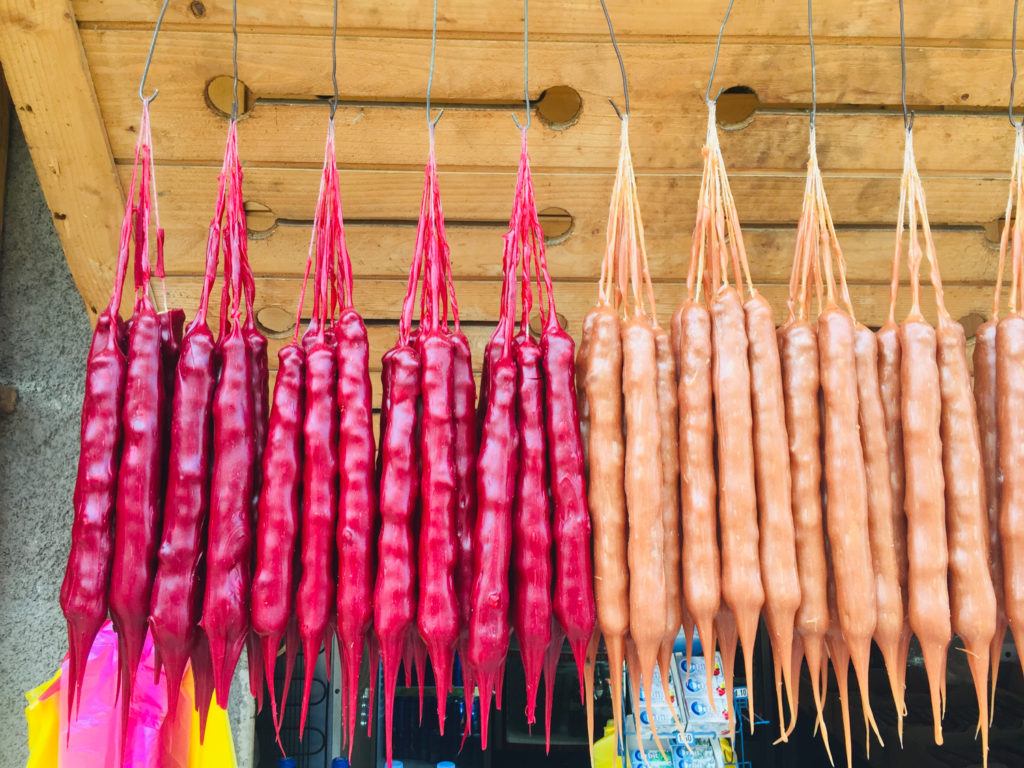
When I was crossing the border via bus from Azerbaijan to Georgia, a Georgian guy kindly bought me something on the side of the road. I said thanks but had no idea what it was. Was it a sausage? Candy? A candle?
It turns out it was churchkhela, Georgian walnut candy, which is made with nuts and dried fruit.
Blogger Lost With Purpose describes churchkhela as “looking and tasting like a shriveled penis”, which I mean, I can’t disagree. But it’s something you kind of have to try while in Georgia.
Have a magical dinner at Shavi Lomi
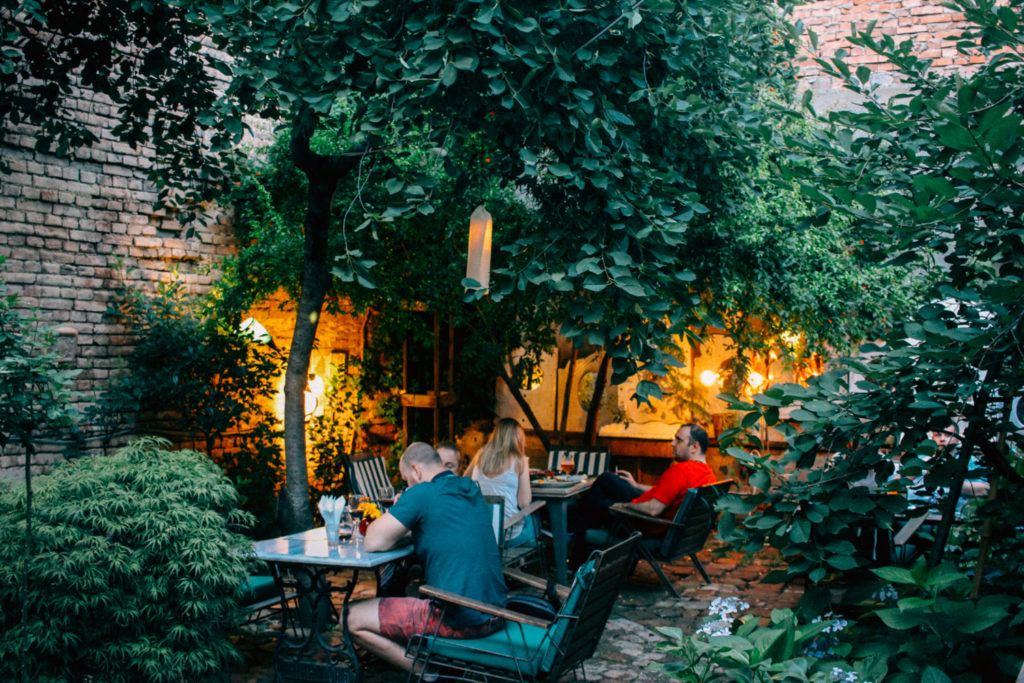
Opened in 2011, Shavi Lomi is one of the best new-ish restaurants in Tbilisi — it’s even been profiled by the New York Times.
Shavi Lomi serves up Georgian home-cooking with a modern twist. You’ll find many lighter vegetable dishes on the menu, which can be a welcome break from traditional Georgian fare. I particularly recommend trying the adjapsandali, a Georgian eggplant stew. Though it may look like a typo, I can assure you that it’s delicious.
The atmosphere at Shavi Lomi may be even more wonderful than the food; the restaurant occupies an old Georgian mansion with tons of character. I loved dining outside in the courtyard, where greenery and lanterns abound.
Shavi Lomi is popular, so definitely book in advance.
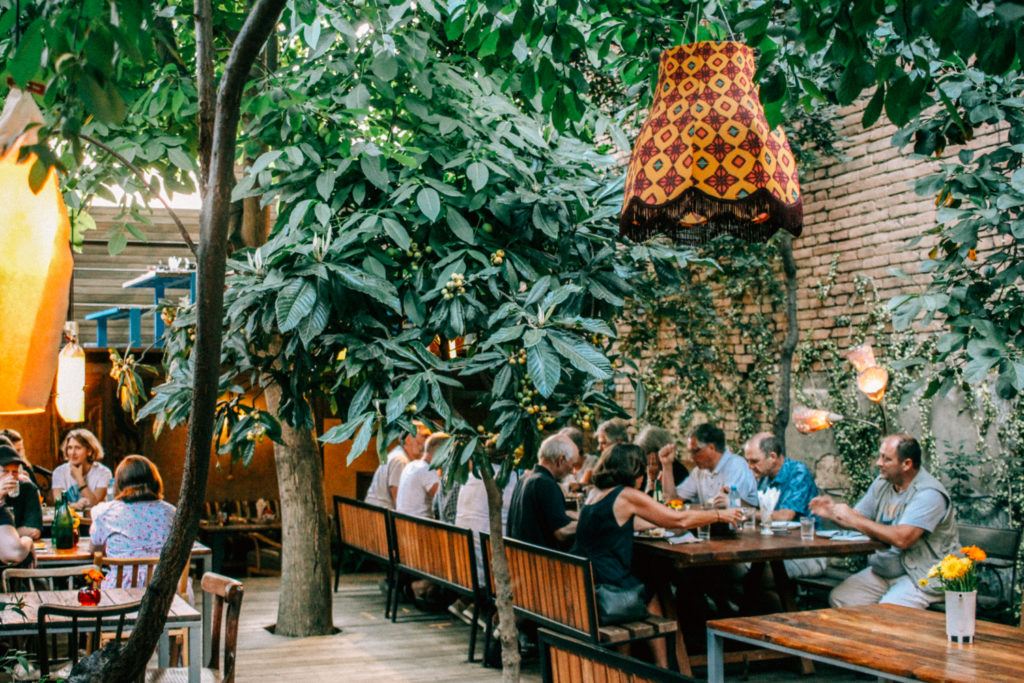
Photograph Tbilisi’s colorful street art
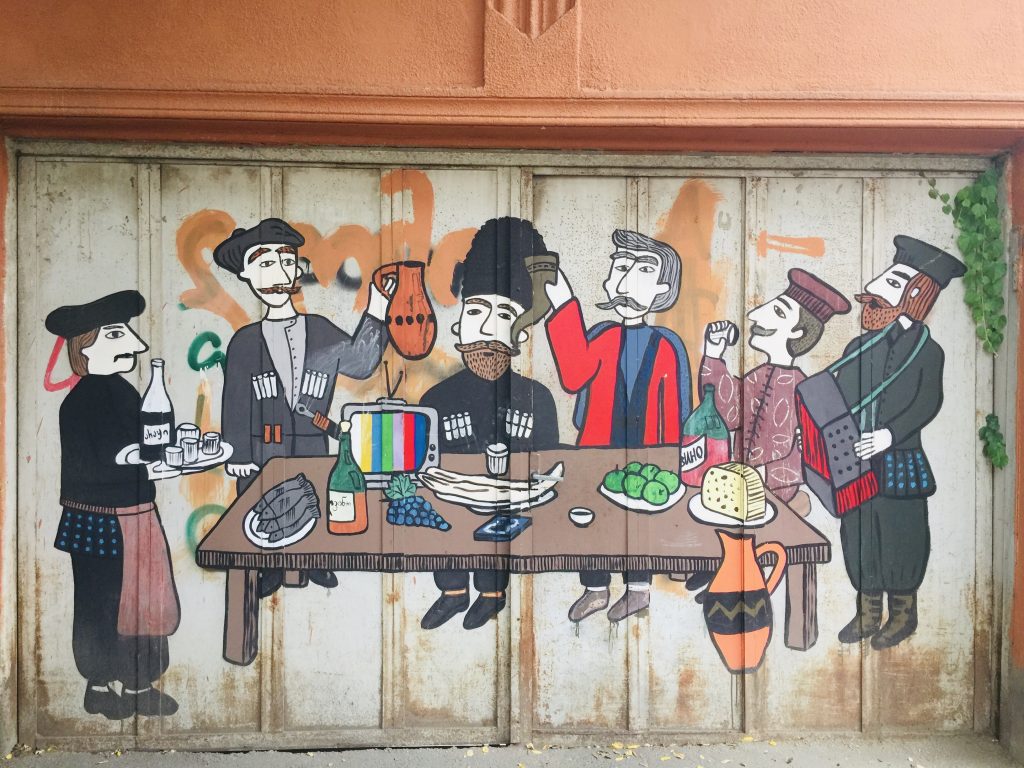
Tbilisi is smattered with beautiful street art; there are gorgeous murals all over town.
To see some of Tbilisi’s best street art, head to Marjanishvilil, one of Tbilisi’s up-and-coming neighborhoods. What was once an industrial zone in Soviet times has been reborn as Tbilisi’s hipster neighborhood, with excellent bars, restaurants, and cafés.
One of the best free things to do in Tbilisi is Fabrika’s walking tour of Tbilisi, which features lots of local street art.
A map of the best things to do in Tbilisi, Georgia:
Other places to visit in Tbilisi:
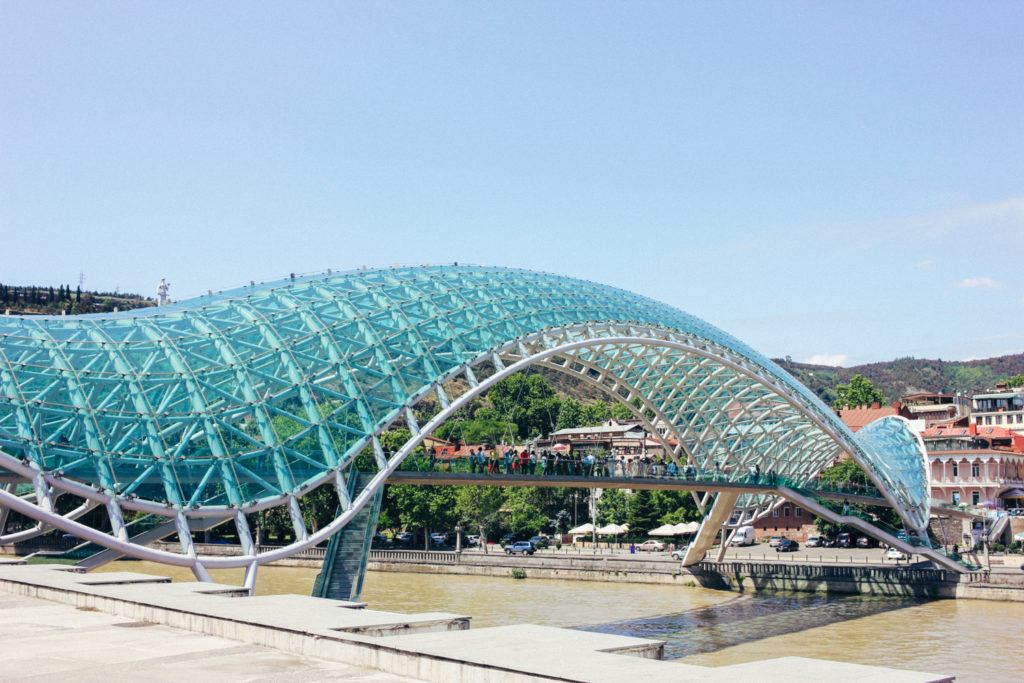 The Bridge of Peace
The Bridge of Peace
The Bridge of Peace — Built in 2010, the Bridge of Peace is a controversial bridge that some call a marvel contemporary architecture, and others call a pantyliner. I recommend walking through the bridge; it looks cooler from the interior than the outside.
Holy Trinity Cathedral — Also known as the Sameba, the Holy Trinity Cathedral is an enormous, gold-domed church built it 1989, although it looks much older.
Rustaveli Avenue — Rustaveli Avenue is the central avenue in Tbilisi. Noisy, crowded, and full of global brands, it reminded me of Las Ramblas in Barcelona or the Champs-Élysées in Paris. I didn’t love it, but you might.
Georgian National Museum — The National Museum details the extremely long history of Georgia; from architecture from 5,000 BC to modern times.
Georgia Travel Blog FAQ
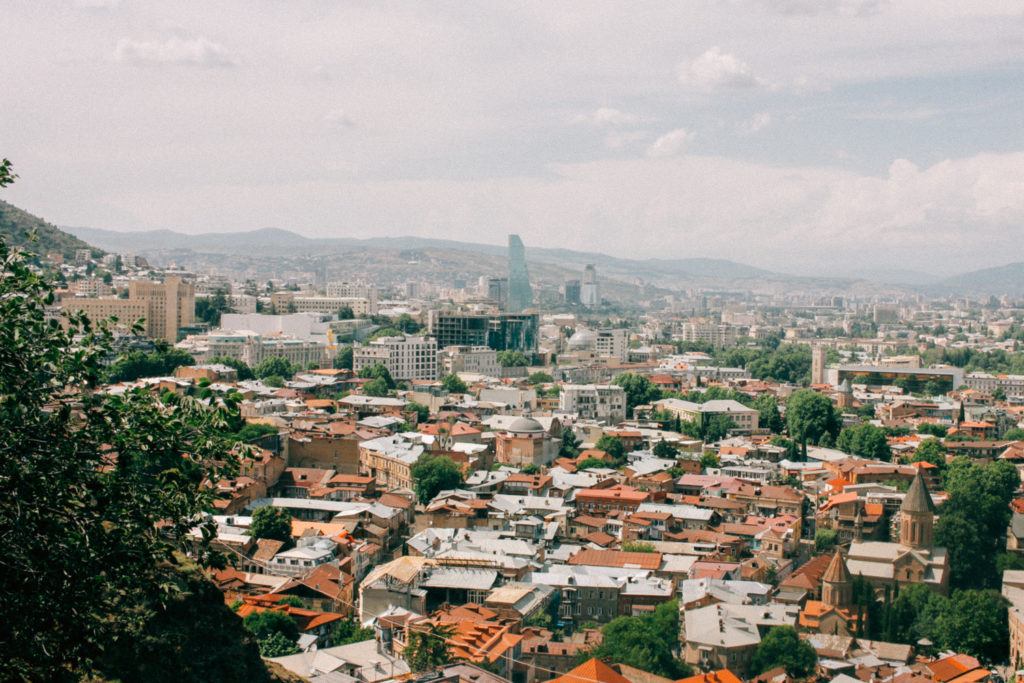
Is Georgia in Europe?
Kind of. Though geographically Georgia’s in Central Asia, culturally it’s more European. I spoke with several locals and they said they think of themselves as European. Like Armenia, Georgia is a predominantly Christian country.
When is the best time to visit Tbilisi?
Most Georgia travel guides will tell you to visit in spring or fall. I visited in early June, and the weather was lovely, though sometimes a bit hot and humid.
Can you drink the tap water in Tbilisi?
Yes! the water is safe to drink in Tbilisi though I can’t speak to the rest of Georgia. I recommend bringing a reusable water bottle and filling up from the tap.
What kind of adapter do you need?
Georgia uses the same sockets and electricity as in Europe (220V).
You can buy a European adapter on Amazon here.
What is the best place to stay in Tbilisi?
It depends on your budget. As I mentioned, I stayed at Fabrika Hostel, which I loved.
Here are some highly-rated accommodation options for every budget:
- Hostels in Tbilisi: Fabrika and Nomad Hostel are both highly-rated (Nomad has 9.8/10 stars!)
- Mid-range hotel in Tbilisi: Old Key Hotel — Old Key Hotel is a wonderfully restored quirky hotel. It’s well-located on Agmashenebeli Street, which is near central Tbilisi, and all rooms are air-conditioned. Check current prices here.
- Luxury hotel in Tbilisi: Rooms Hotel — Run by the Rooms boutique hotel group, Rooms Hotel is a chic, eclectic boutique hotel located in a former publishing house. It provides excellent value for the price. Check current prices here.
- Airbnb in Tbilisi: Airbnb is a great option in Tbilisi. I recommend renting an Airbnb near the Old Town, which will be closest to most Tbilisi attractions.
If you’re new to Airbnb, use this coupon code to get $40 off your first stay.
What are some popular day trips from Tbilisi?
My trip to Georgia was unfortunately cut short, so I didn’t have time to do any day trips. That being said, here are some highly-rated day trips:
Should you visit Tbilisi or Baku, Azerbaijan?
I hands-down preferred Tbilisi. Baku was interesting, but Tbilisi was much more my scene, with art galleries, red wine, and a laid-back, bohemian vibe. But to each their own.
I really hope you enjoyed my 3,000-word Tbilisi travel guide!
P.S. I recently found 100 lari in my drawer, so clearly I need to go back to Georgia. Anyone up for it?
Have you ever been to Tbilisi, Georgia? Is it on your list?
P.s. 20 Photos That Will Inspire You to Visit Tbilisi, Georgia and 11 Super Unique Things to do in Baku, Azerbaijan

Share it!
This post may have affiliate links, which means I may receive commissions if you choose to purchase through links I provide (at no extra cost to you). Please read my disclosure for more info.
Keep reading
this article on
Ashley Abroad.
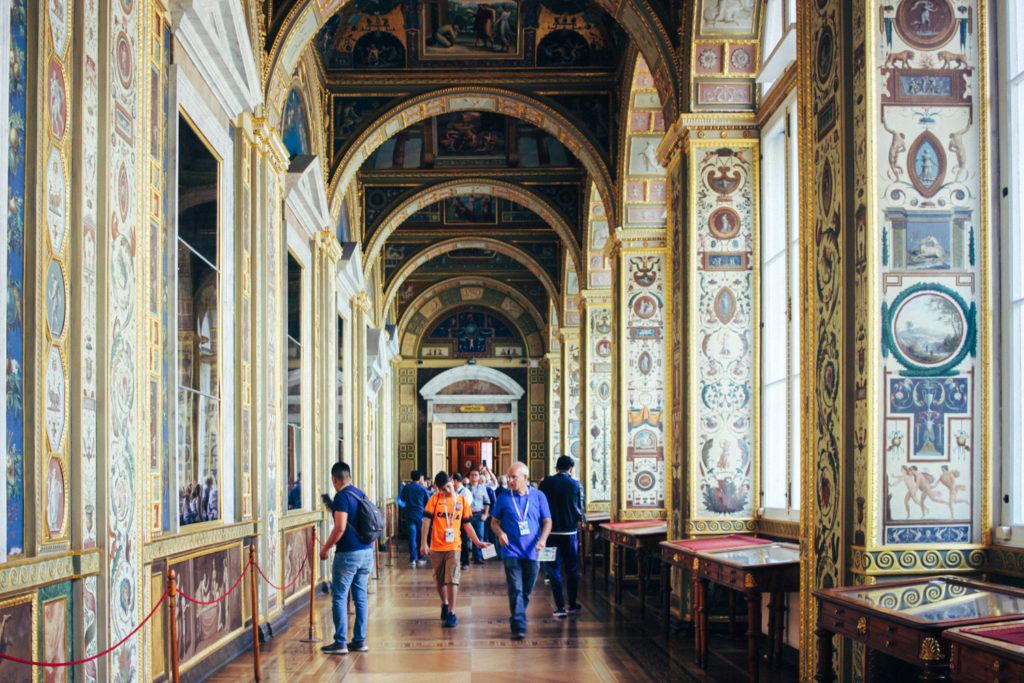 The stunning Hermitage Museum in St. Petersburg
The stunning Hermitage Museum in St. Petersburg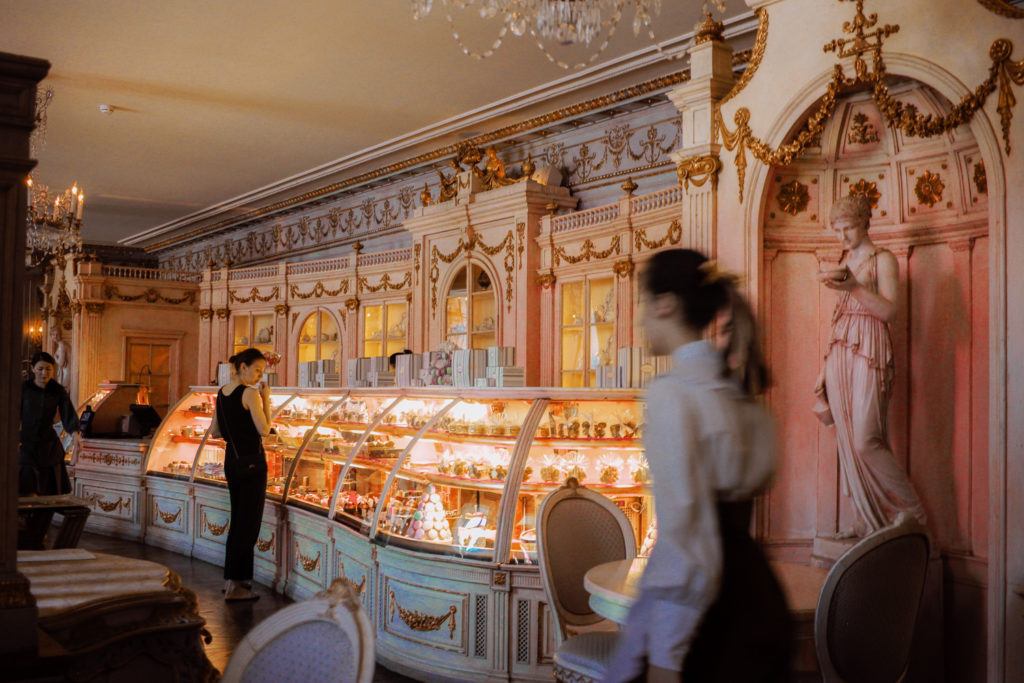 Café Pushkin in Moscow
Café Pushkin in Moscow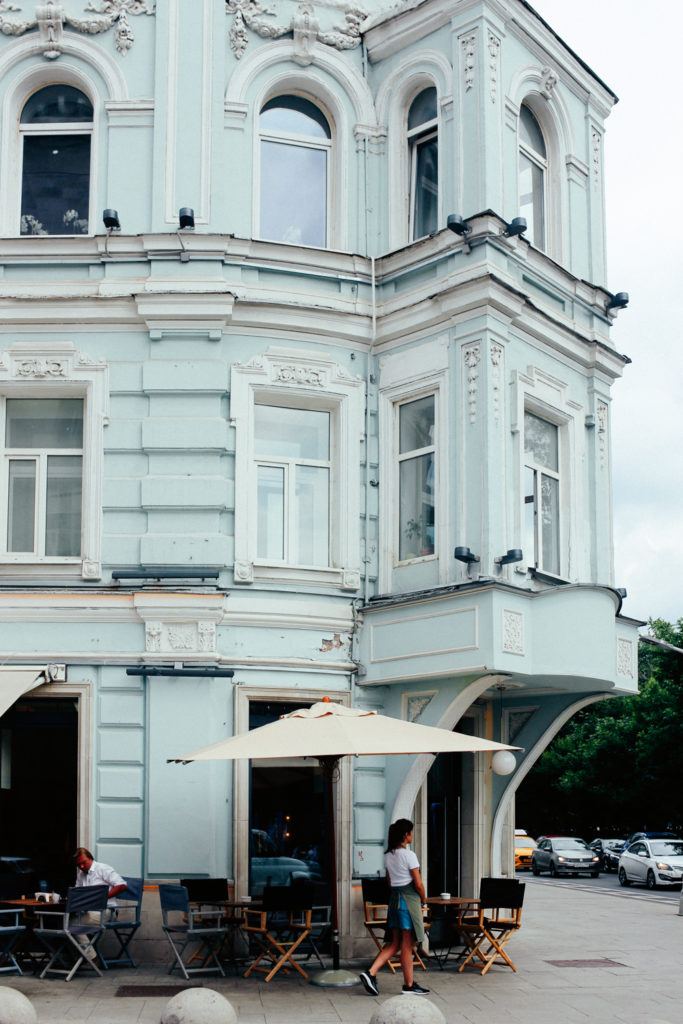
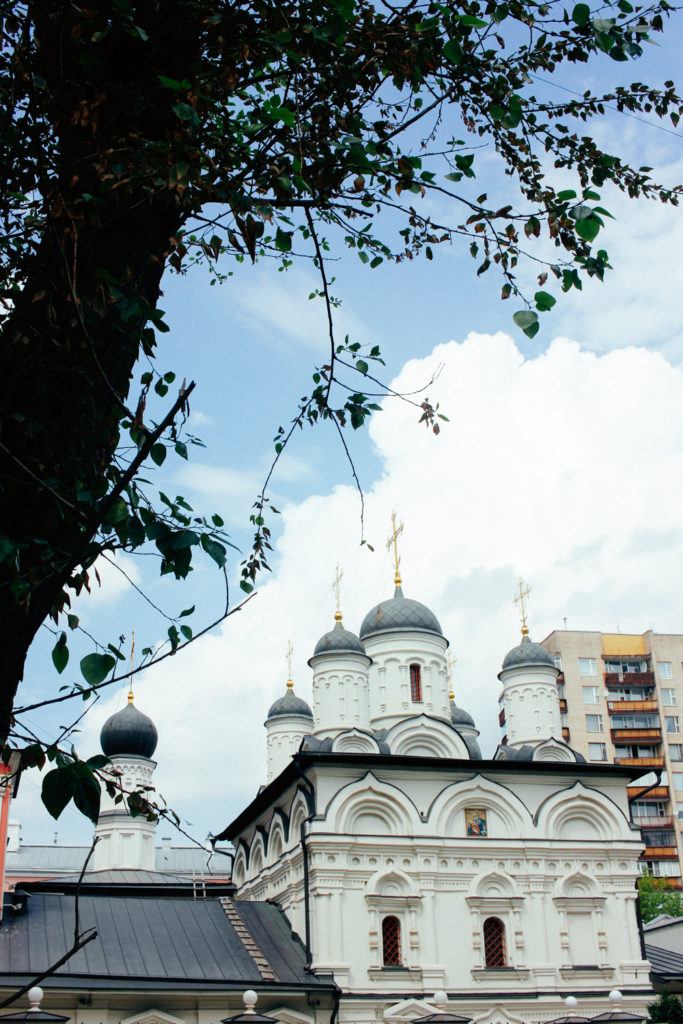
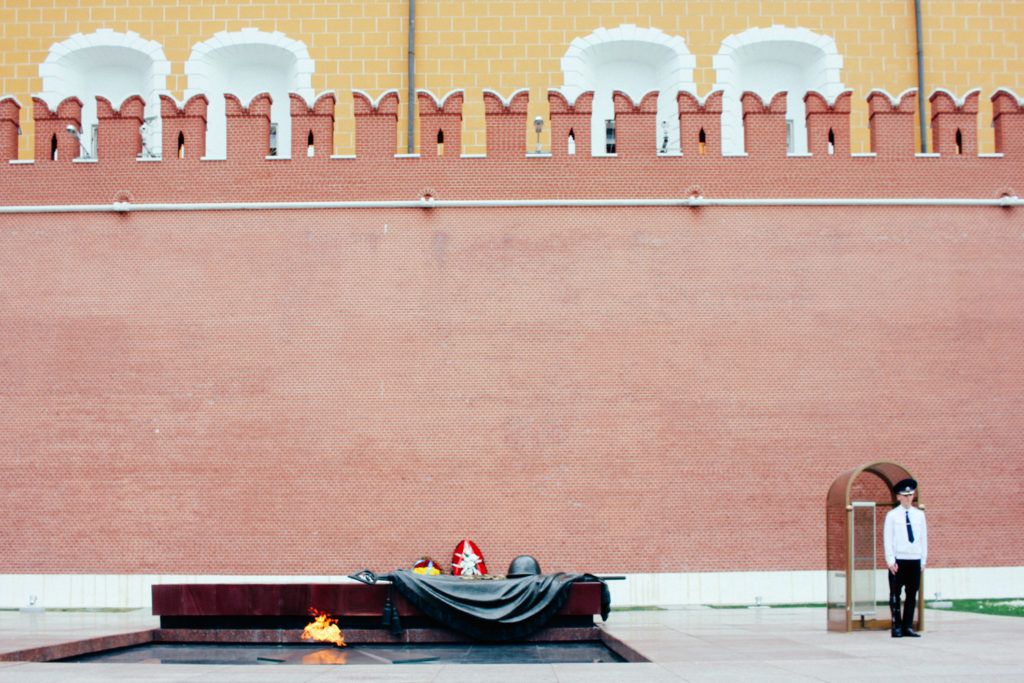
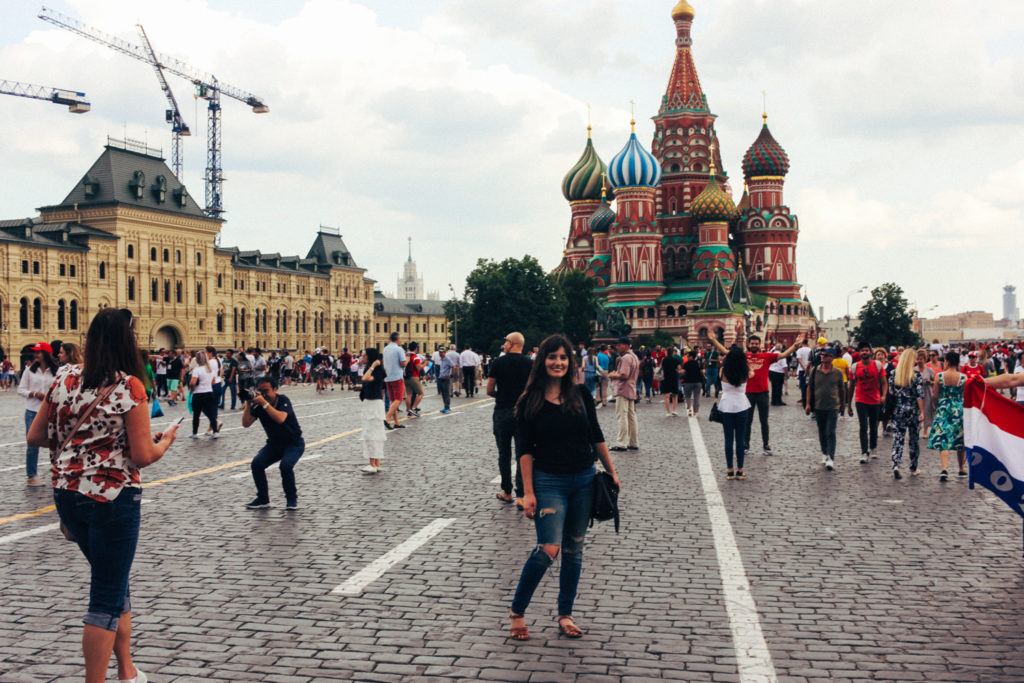
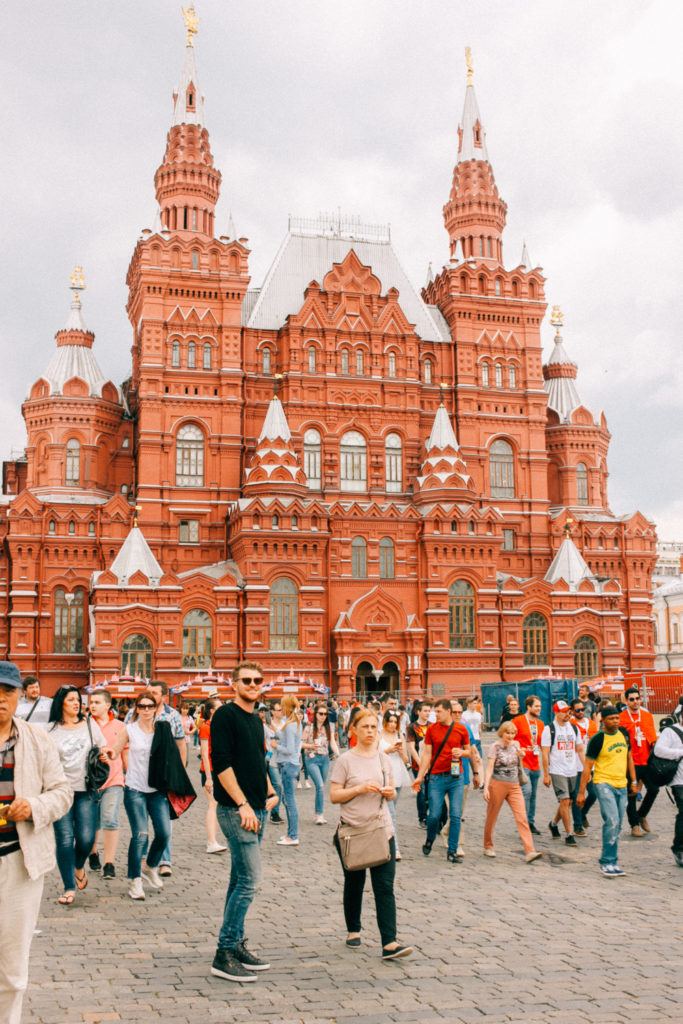
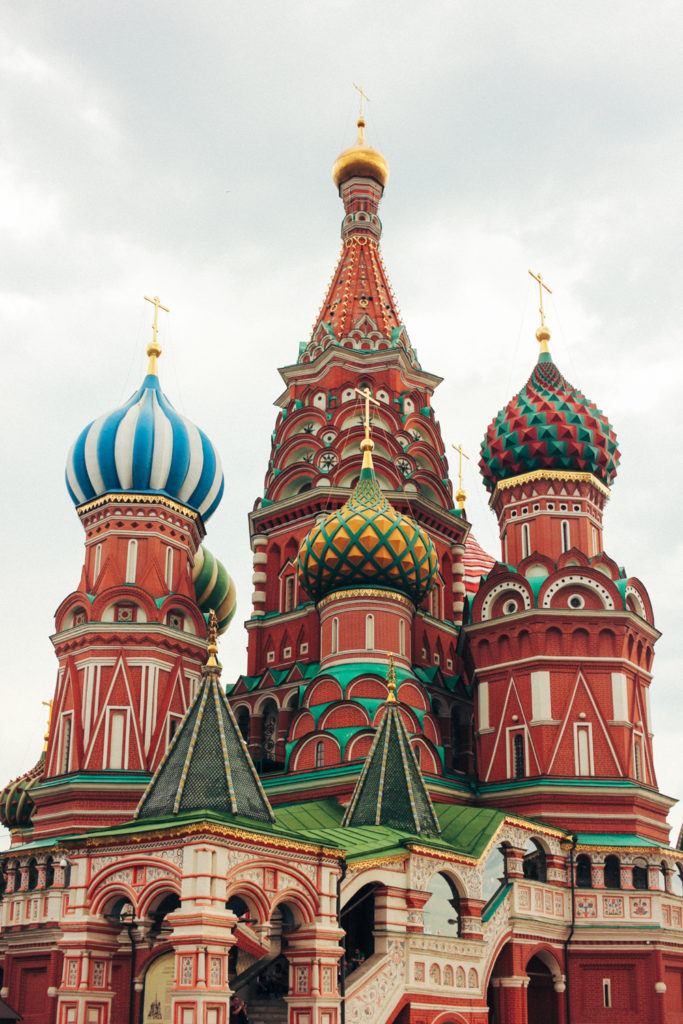
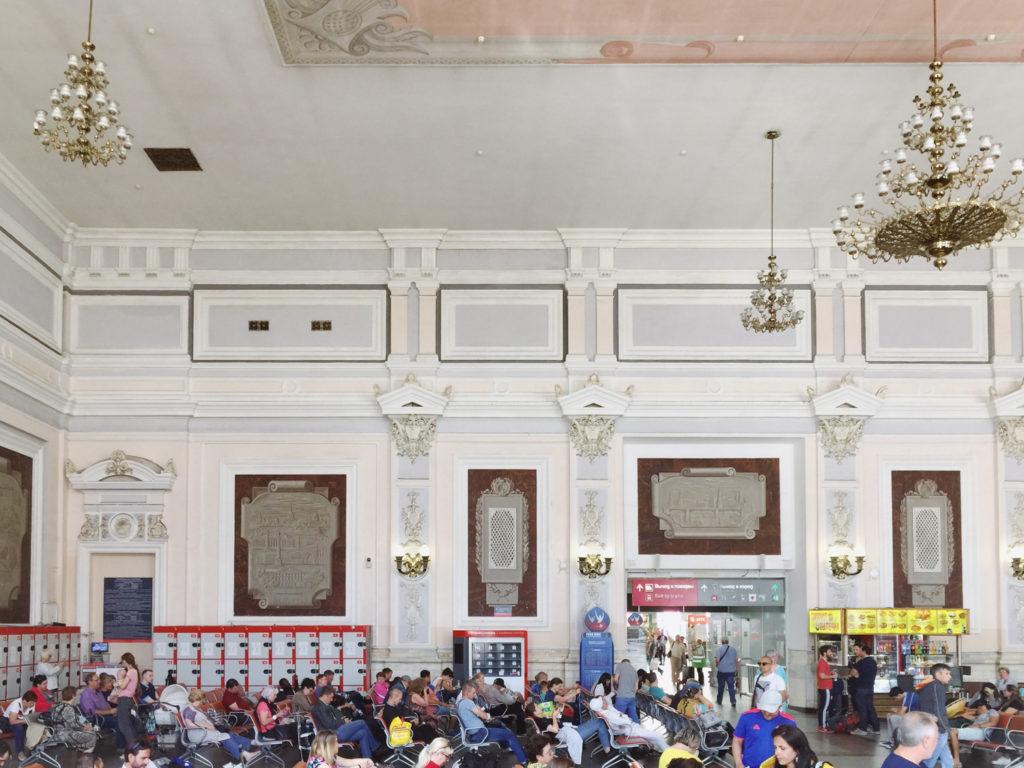 A train station in Moscow
A train station in Moscow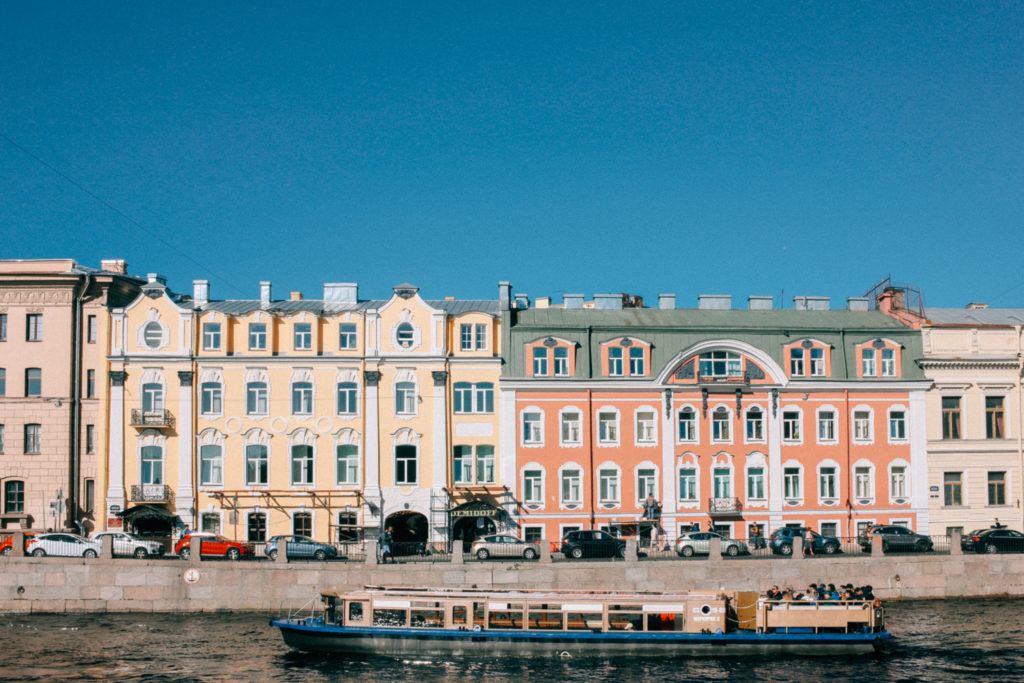
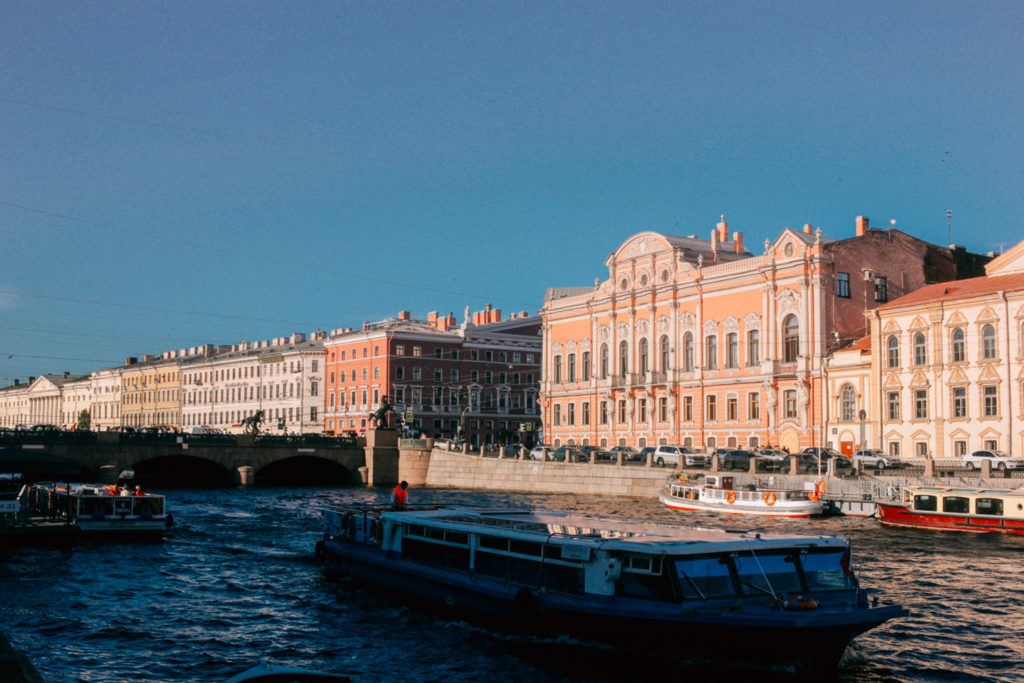
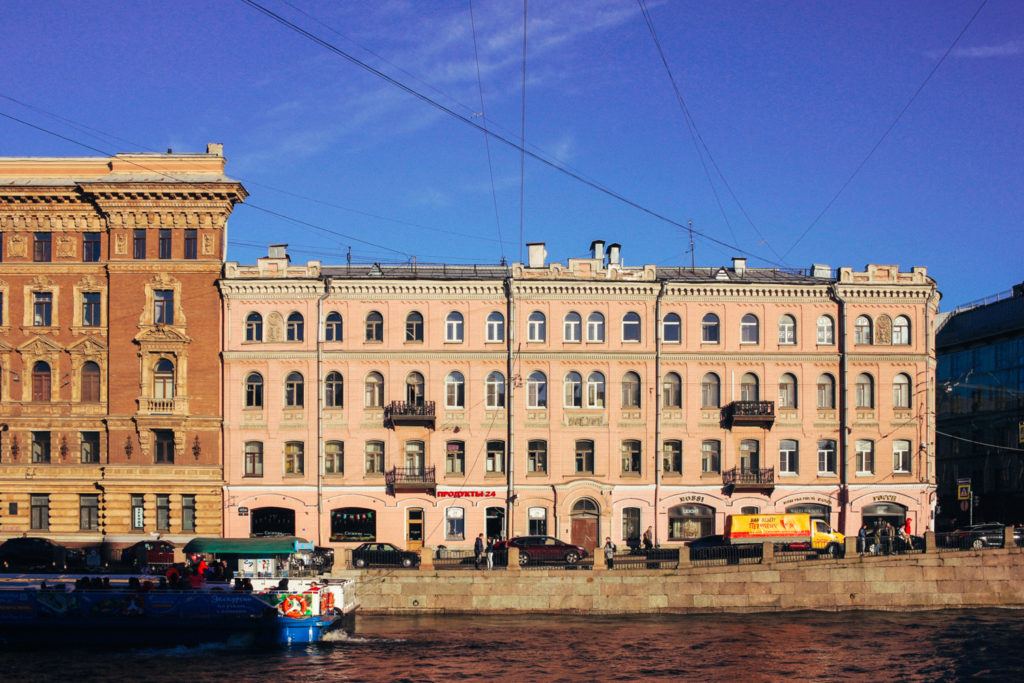
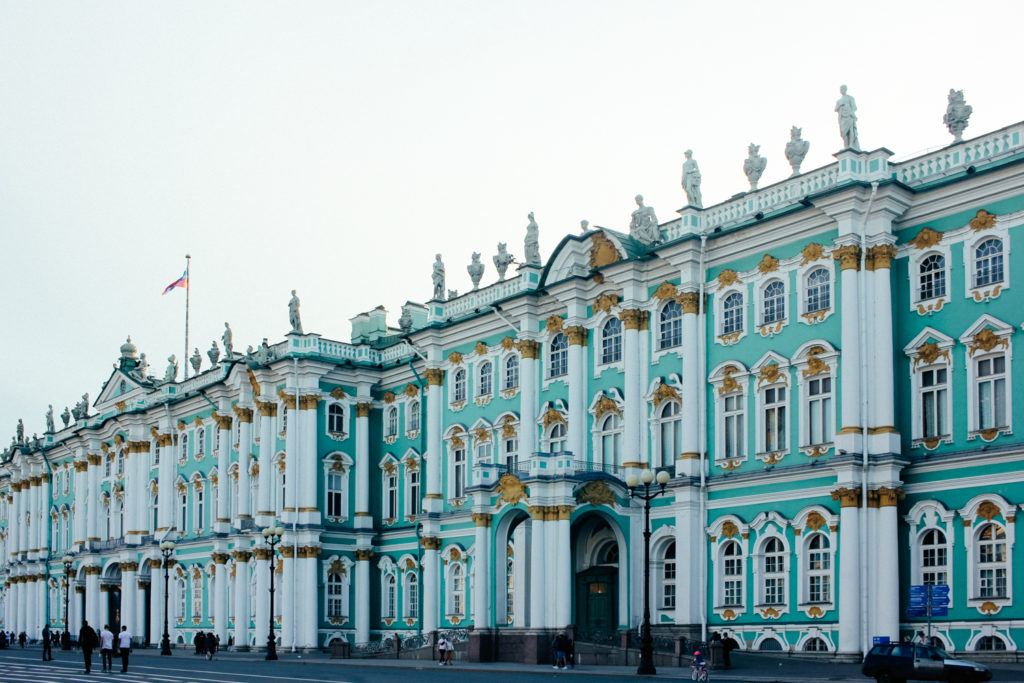 The former Winter Palace
The former Winter Palace 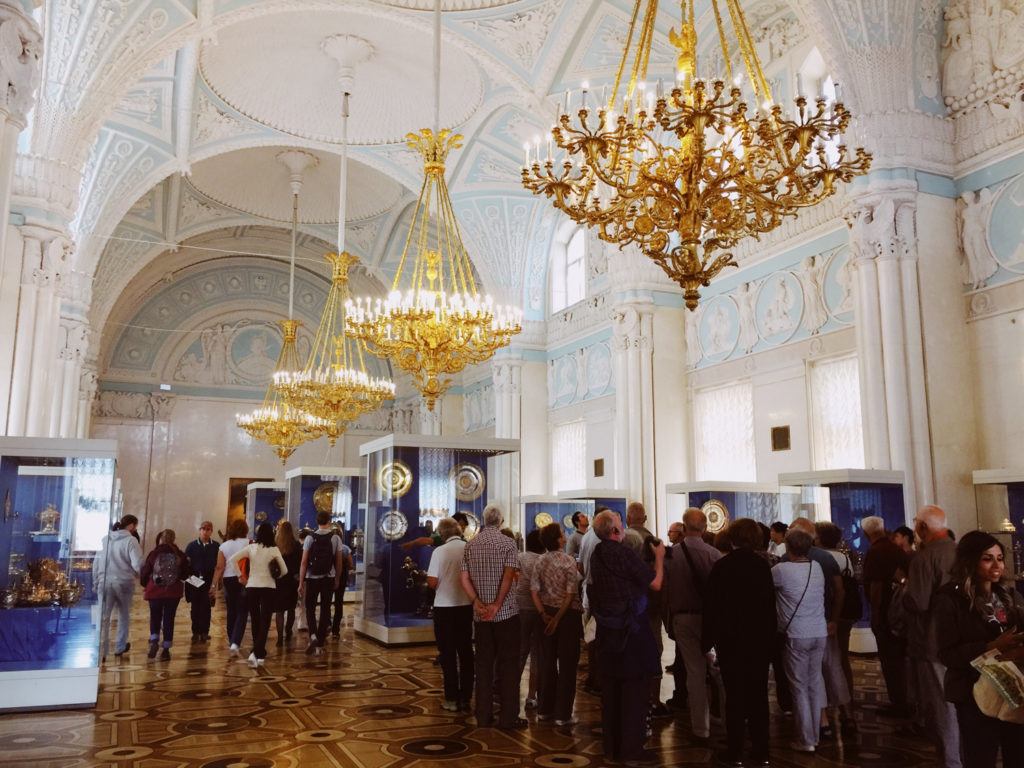
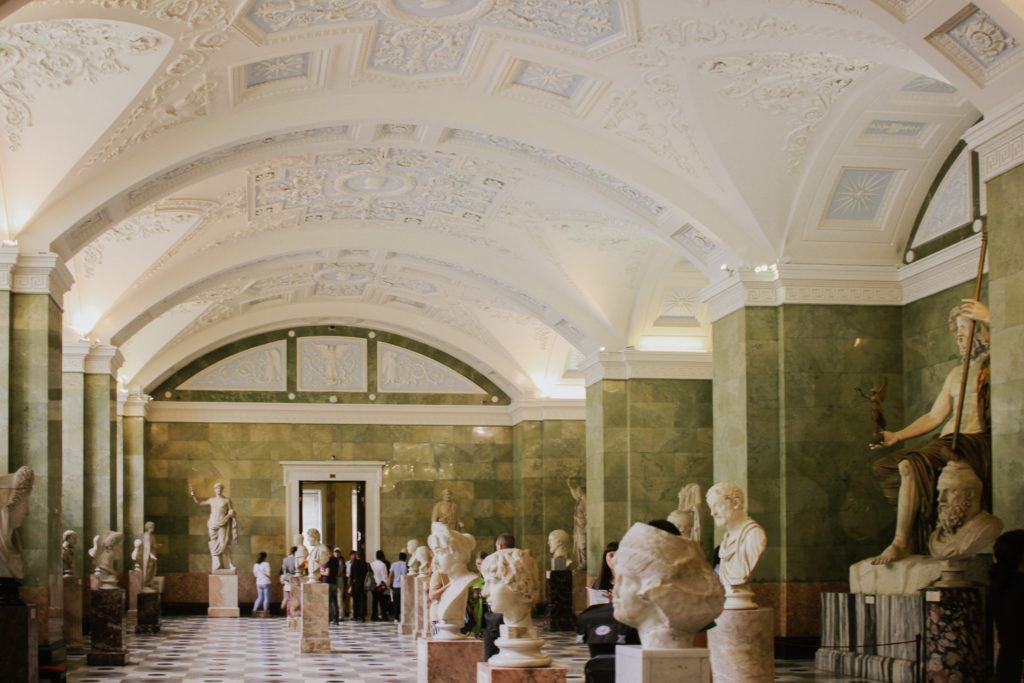
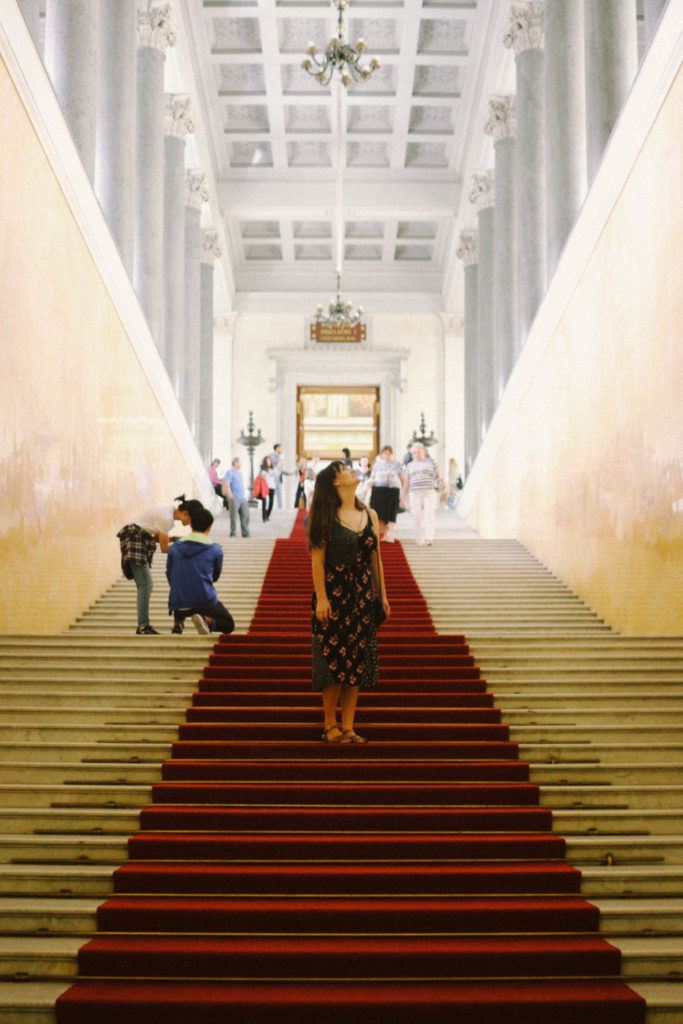
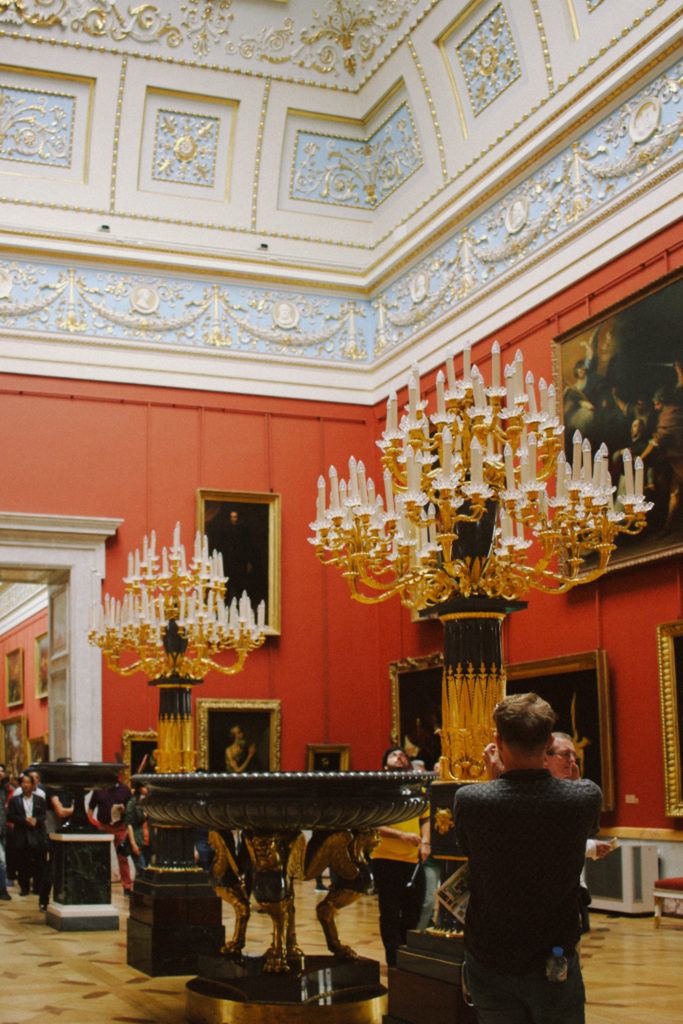
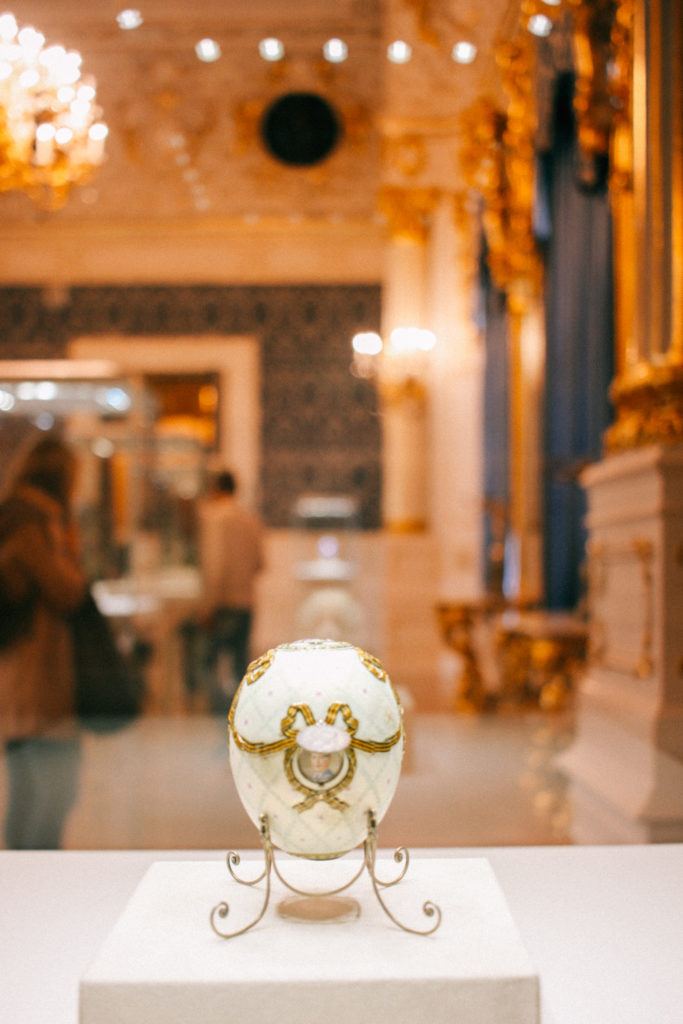
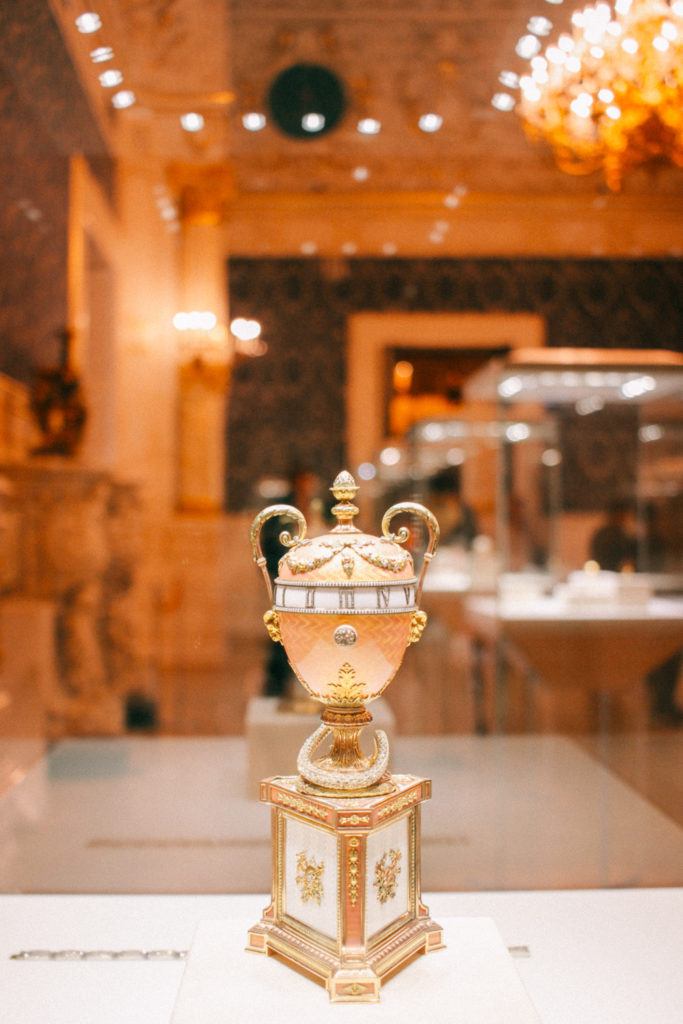
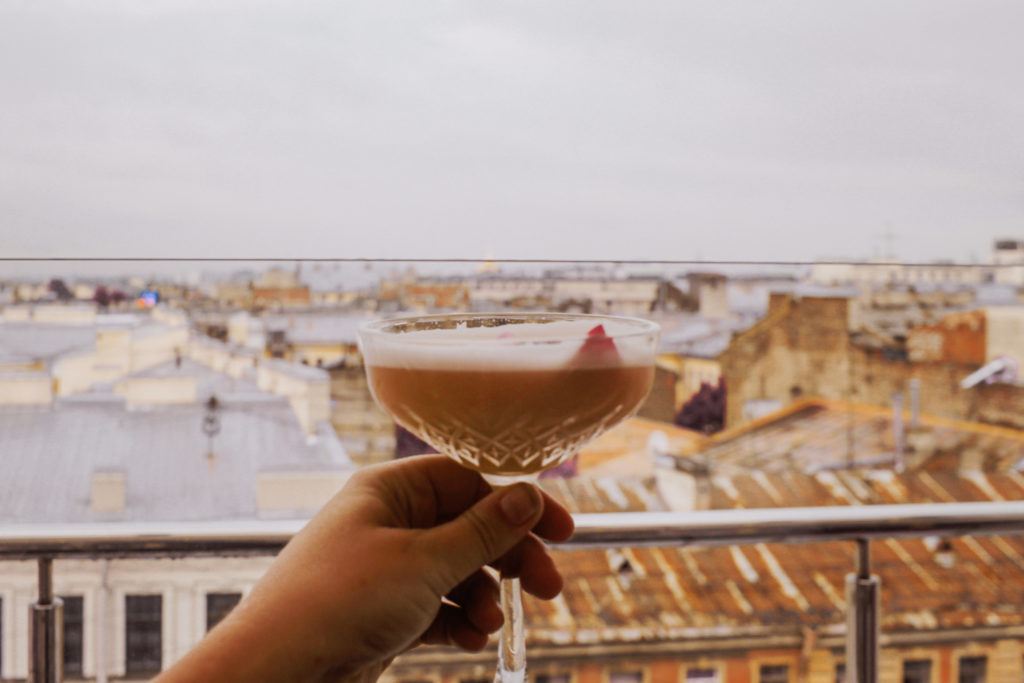 At a rooftop bar in St Petersburg.
At a rooftop bar in St Petersburg.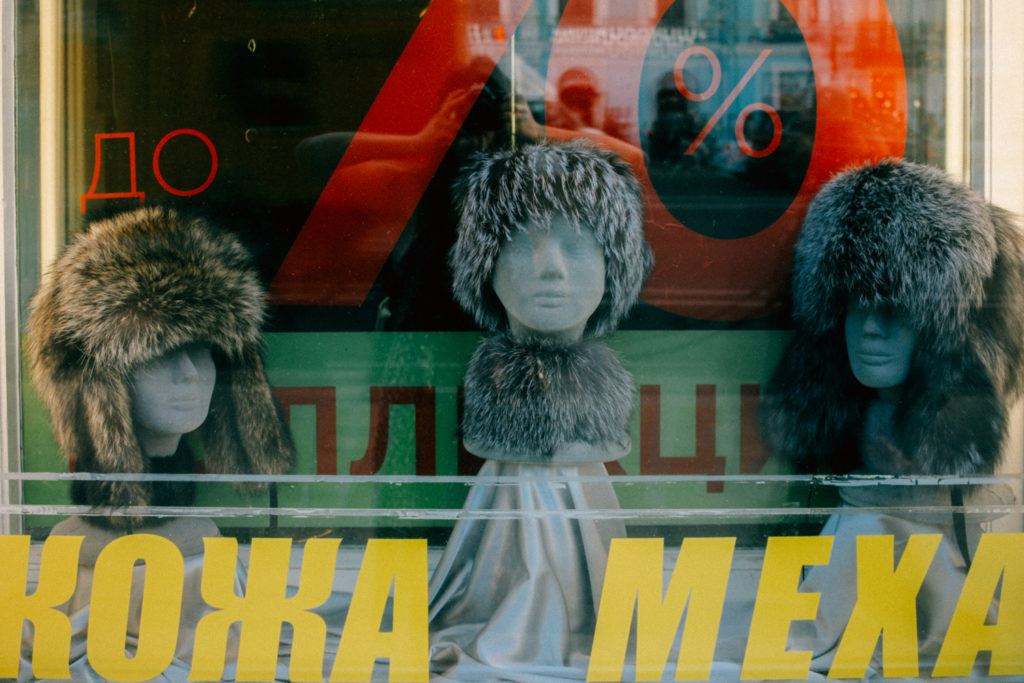

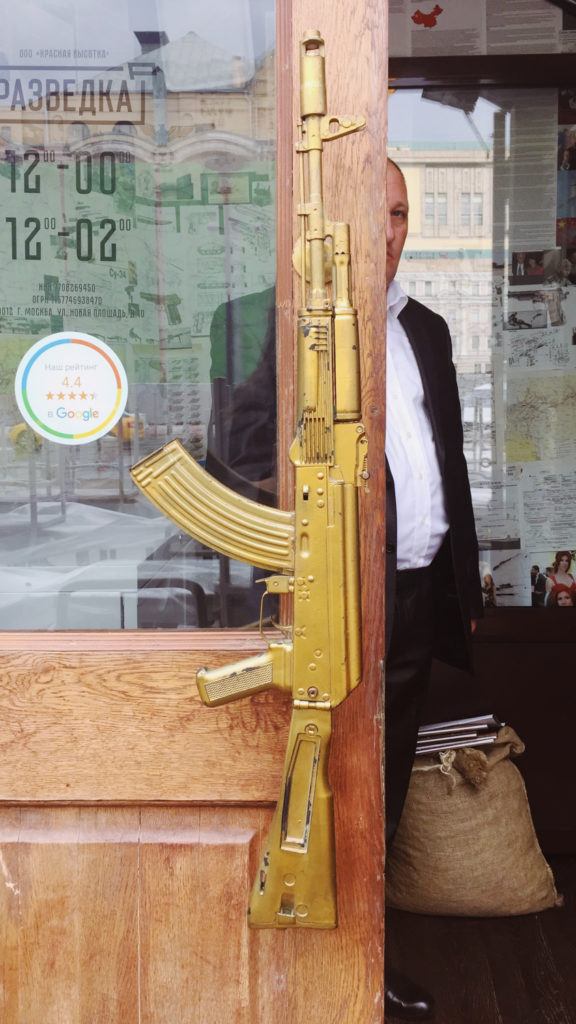
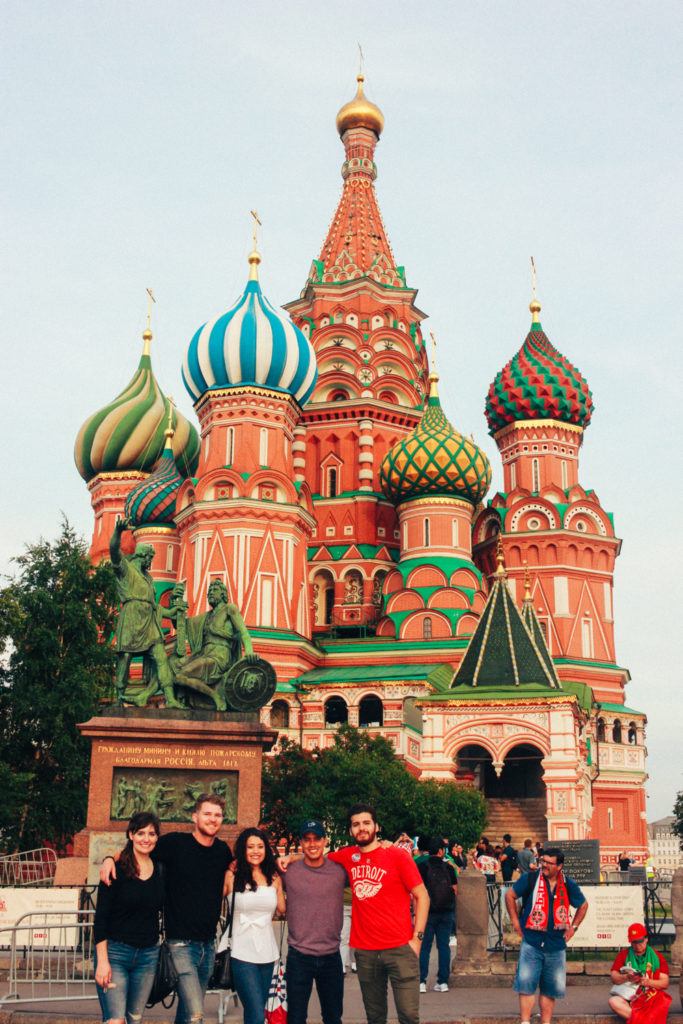


 SONY DSC
SONY DSC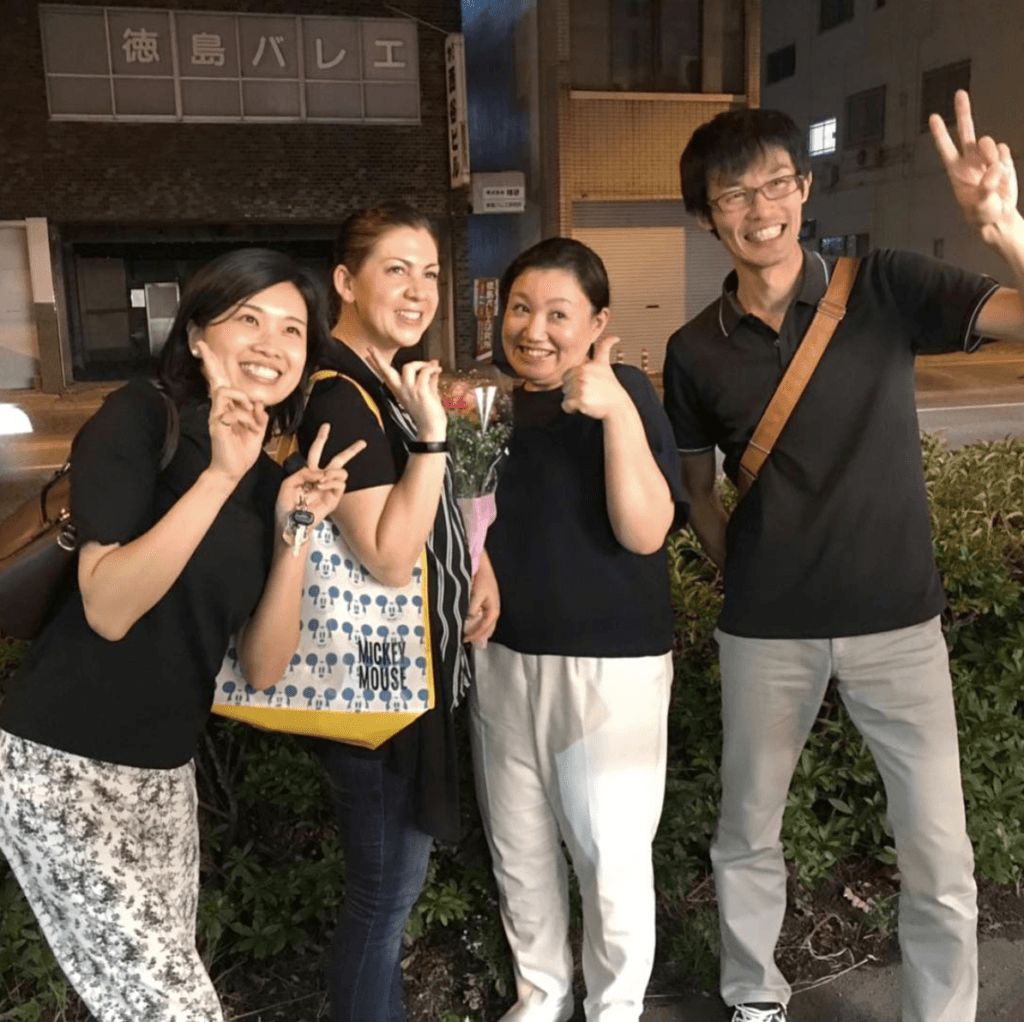
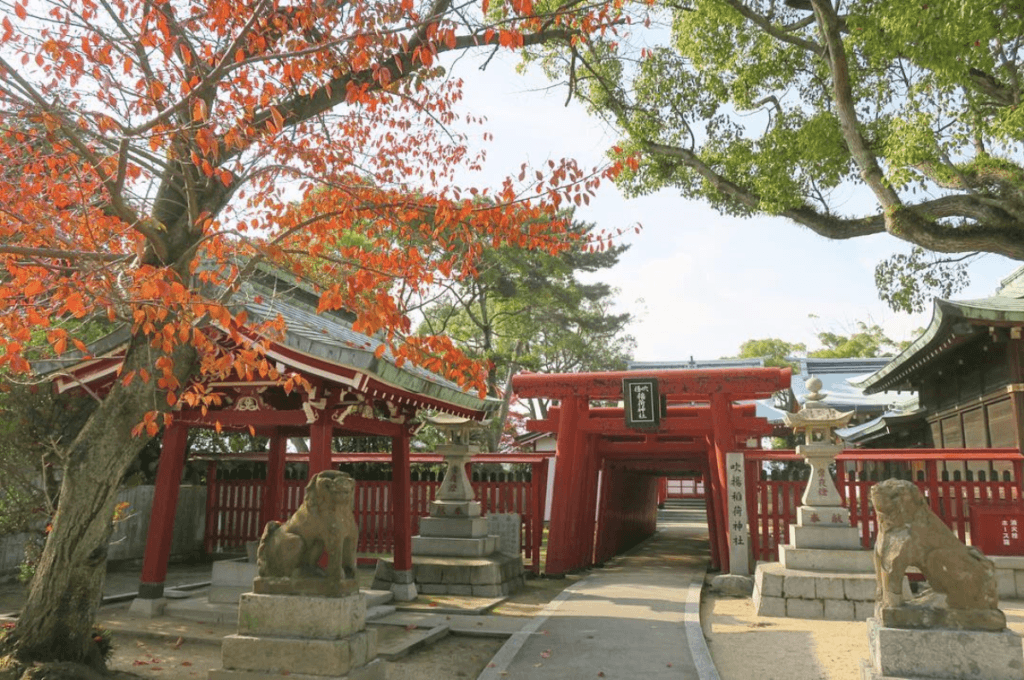
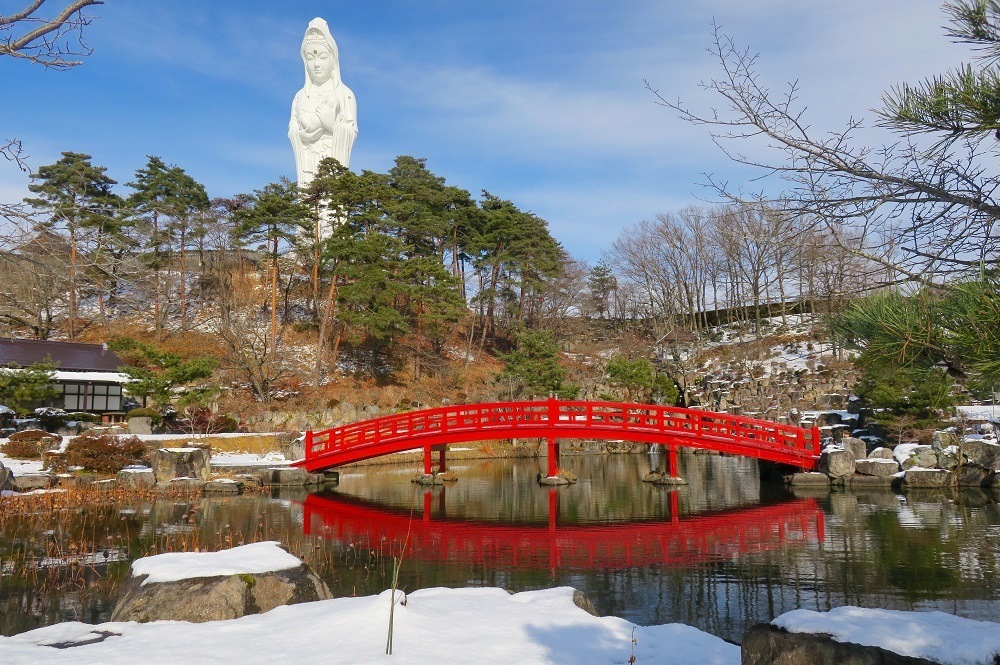
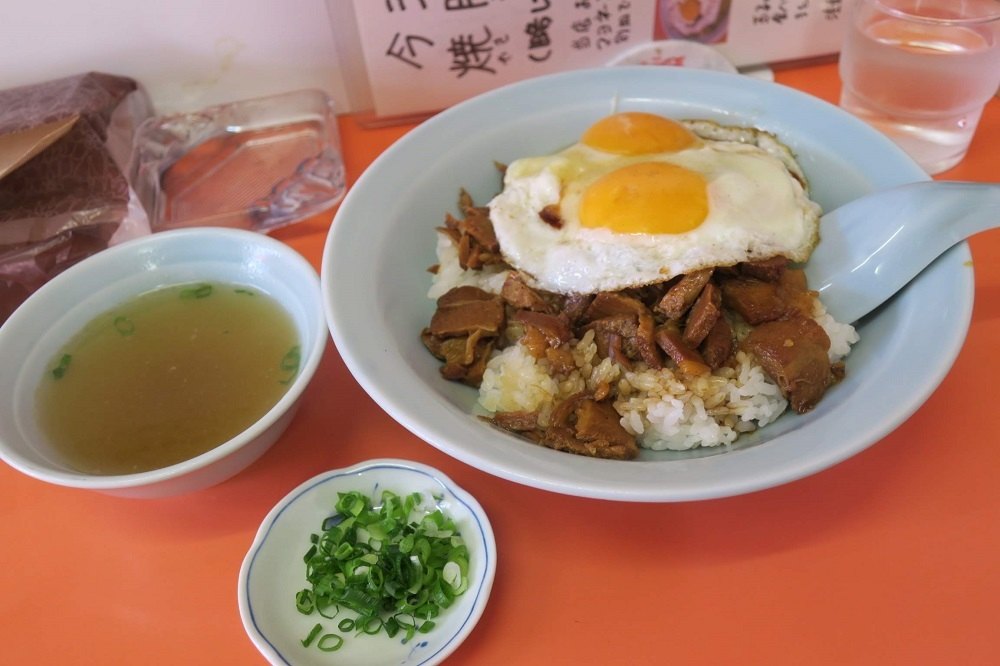 Yakibuta tamago meshi (fried pork belly and an egg on rice) in Imabari, Ehime
Yakibuta tamago meshi (fried pork belly and an egg on rice) in Imabari, Ehime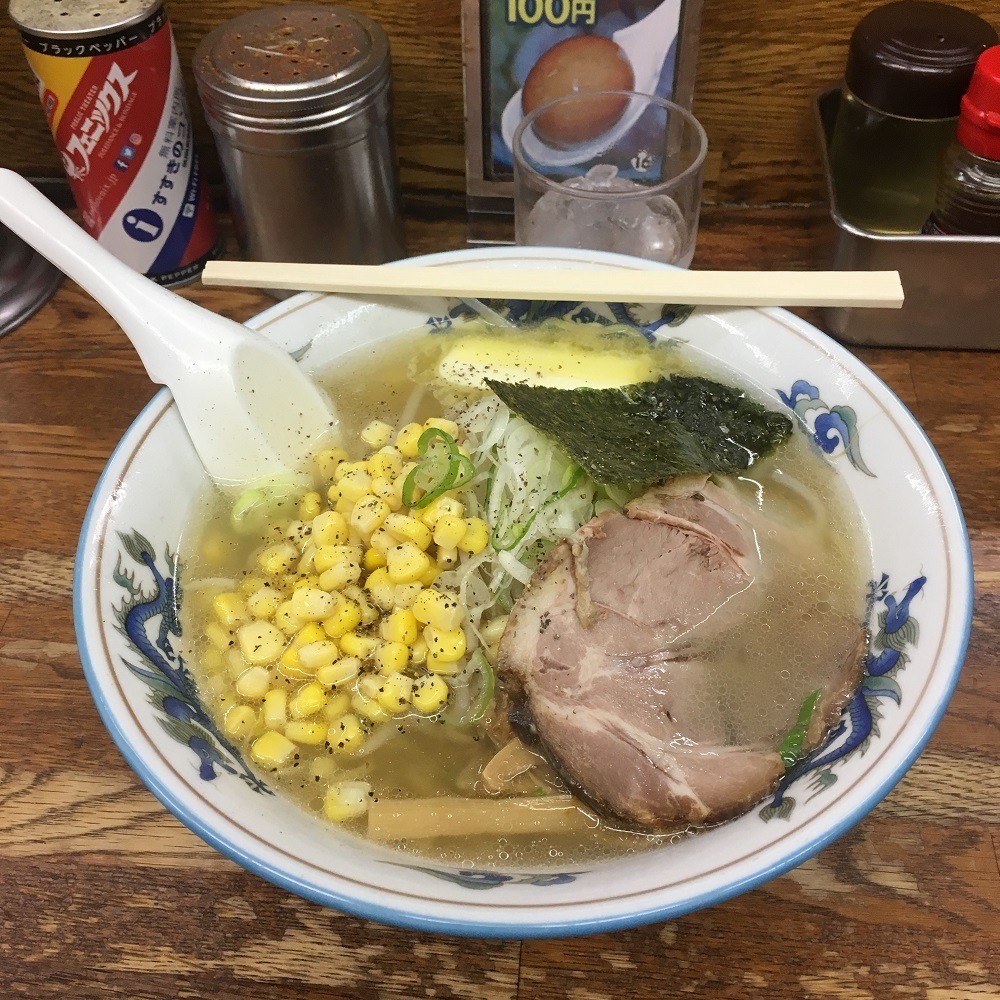 Butter corn ramen in Hokkaido
Butter corn ramen in Hokkaido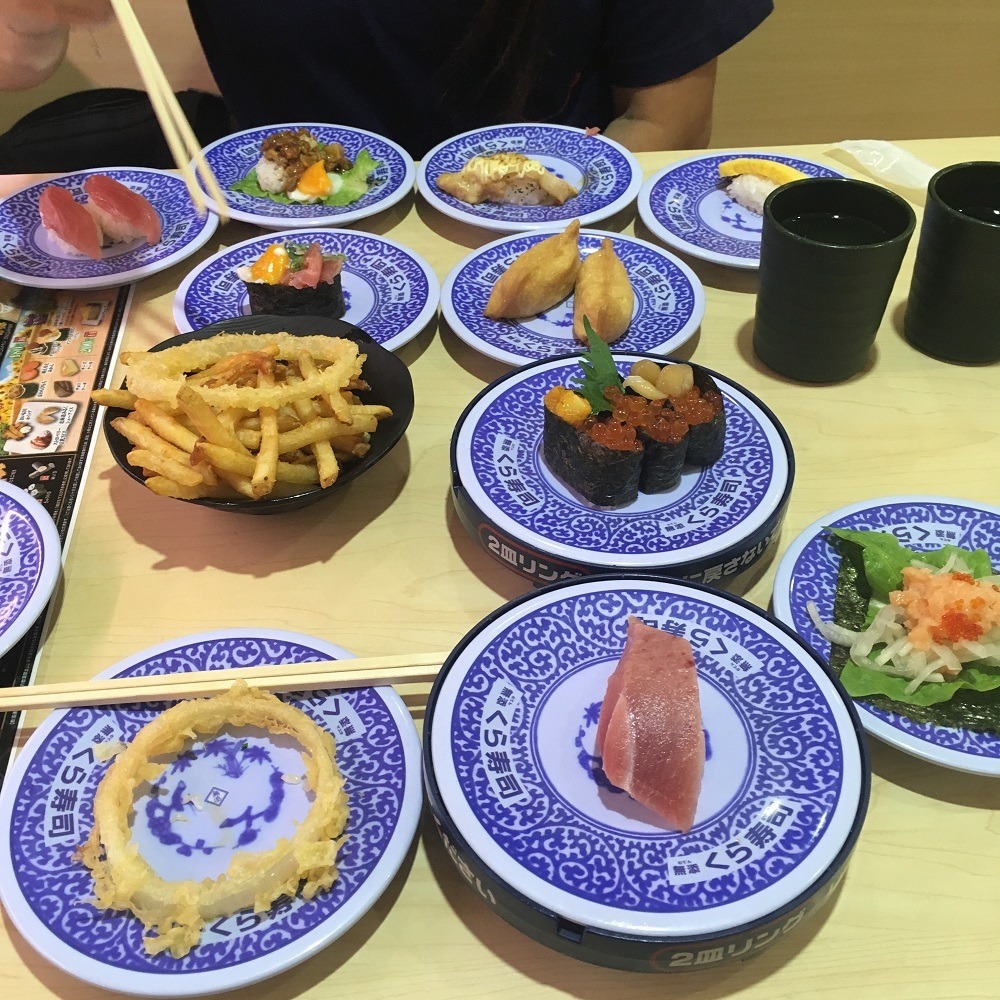
 Nara Park in Nara, Japan
Nara Park in Nara, Japan
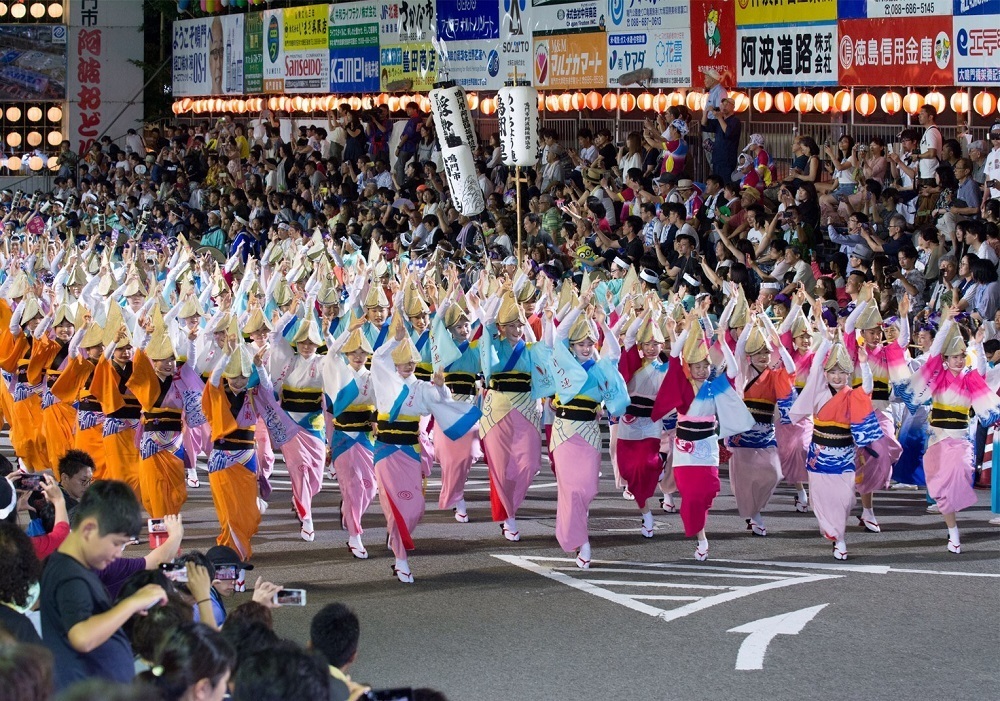
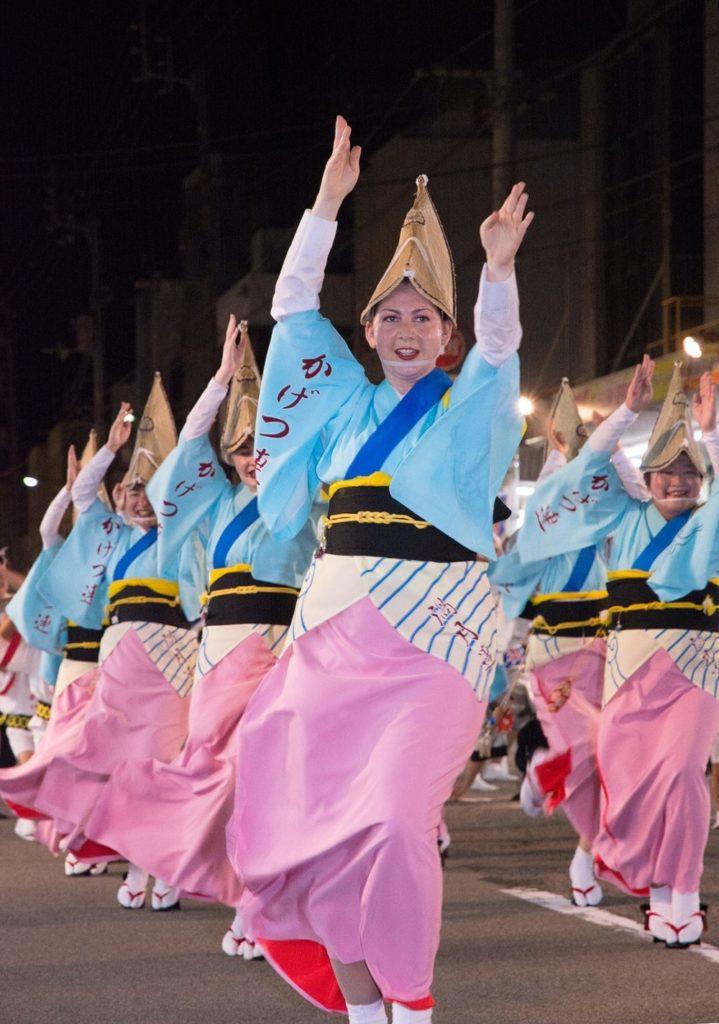
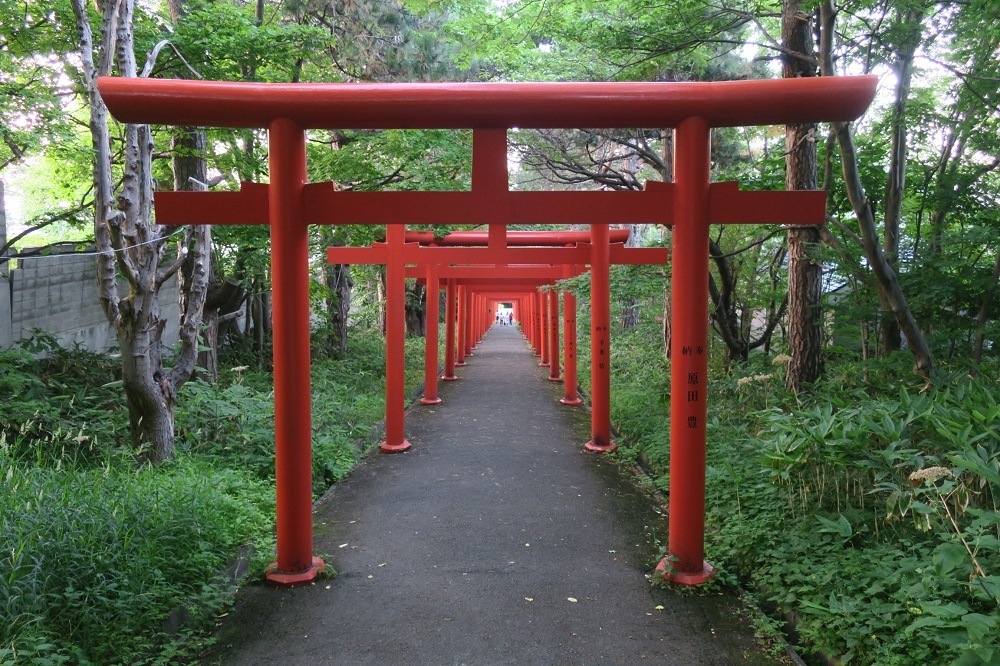 Fushimi Inari Shrine in Sapporo, Japan
Fushimi Inari Shrine in Sapporo, Japan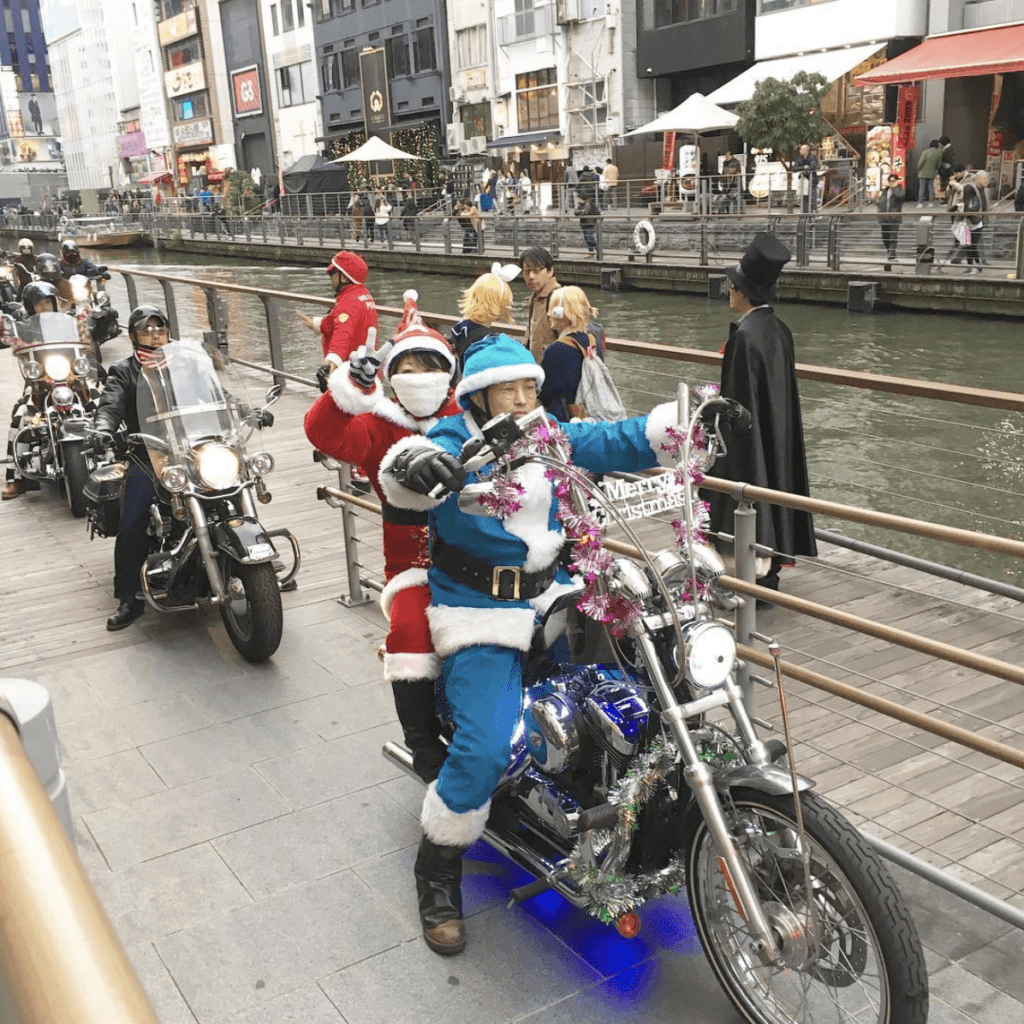
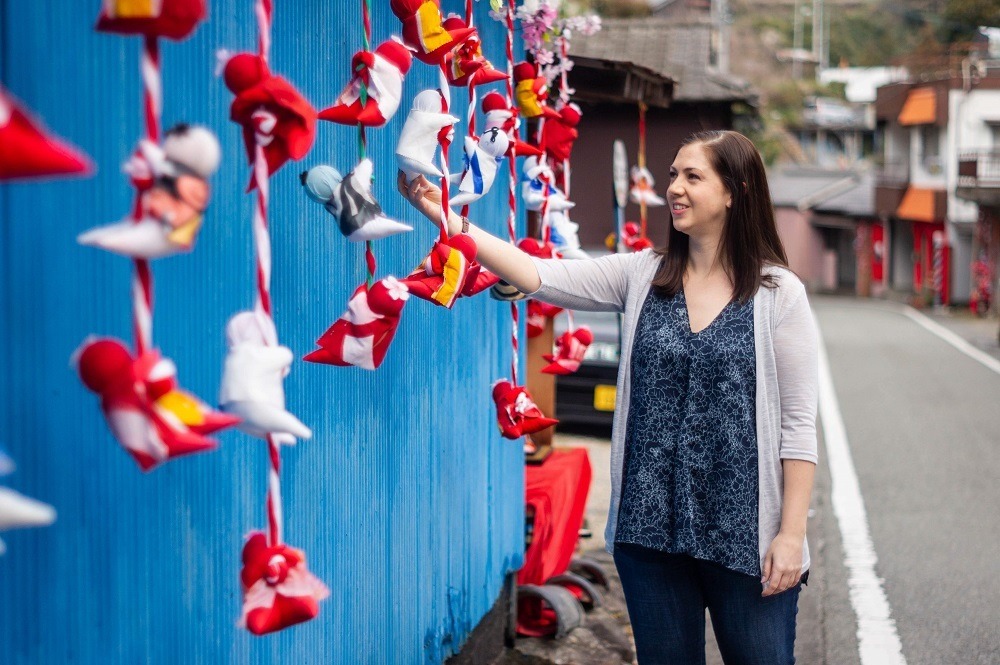 Girl’s Day decorations in Tokushima
Girl’s Day decorations in Tokushima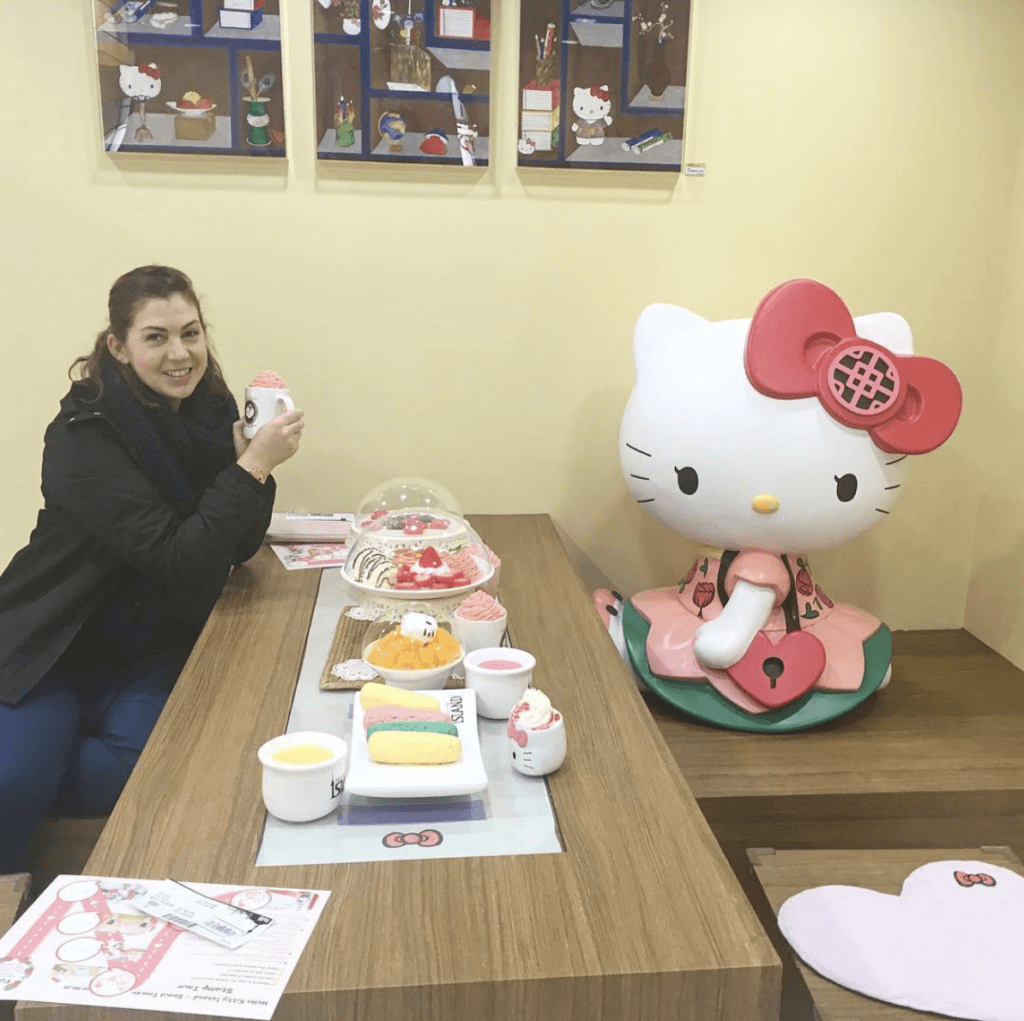
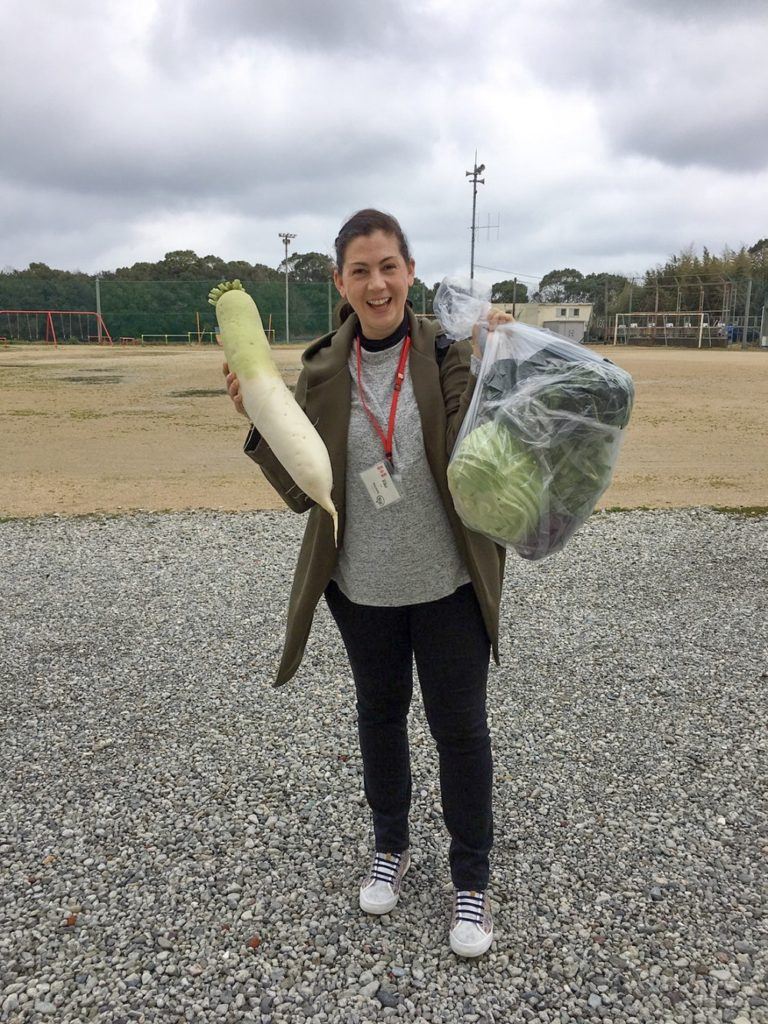
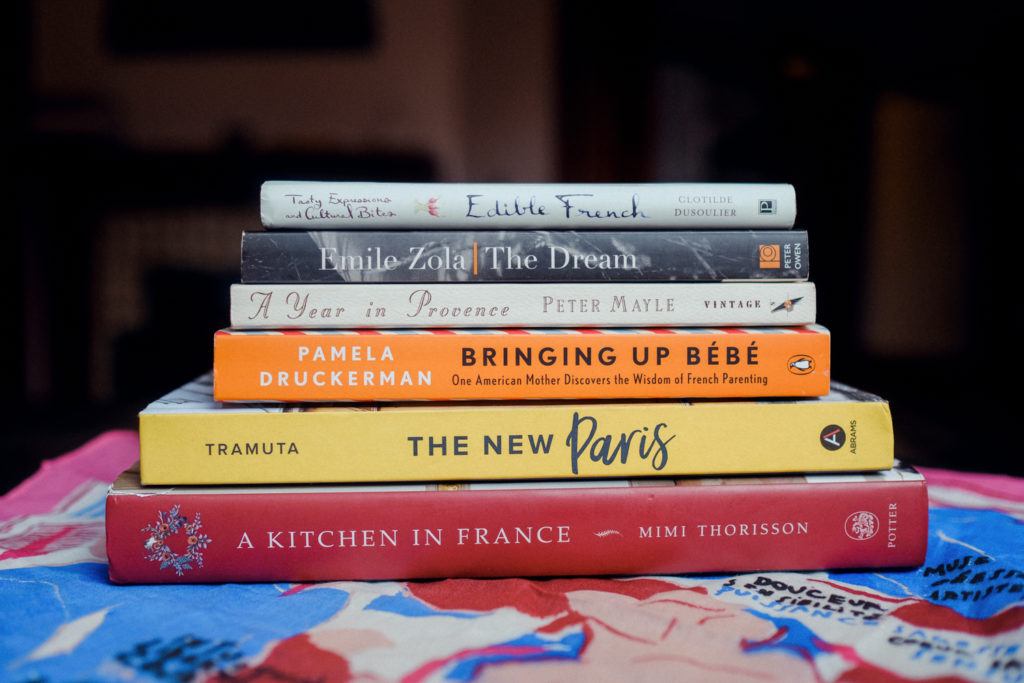
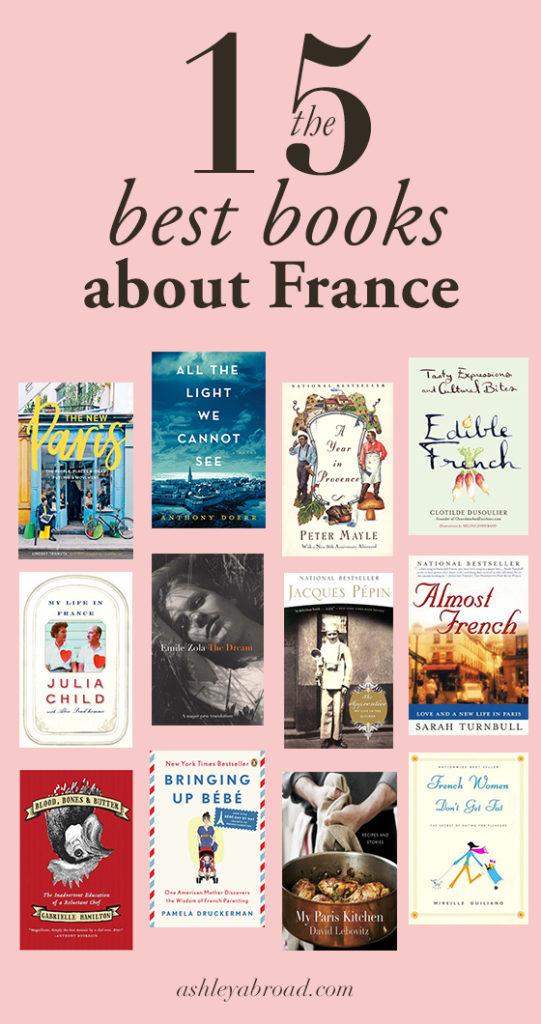

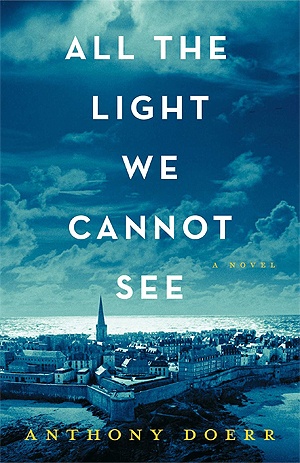
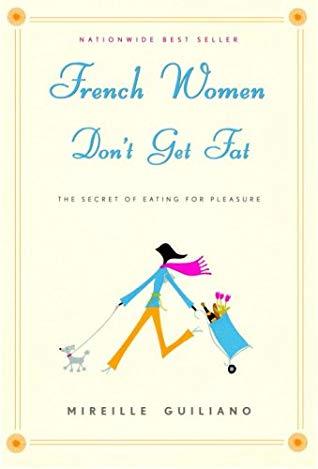

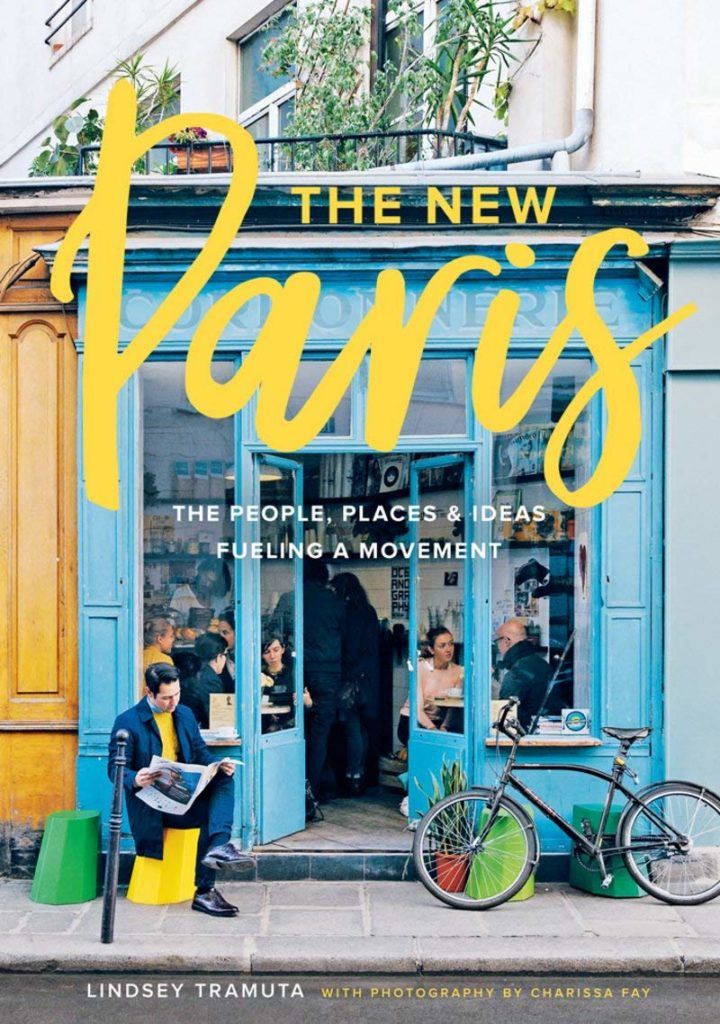
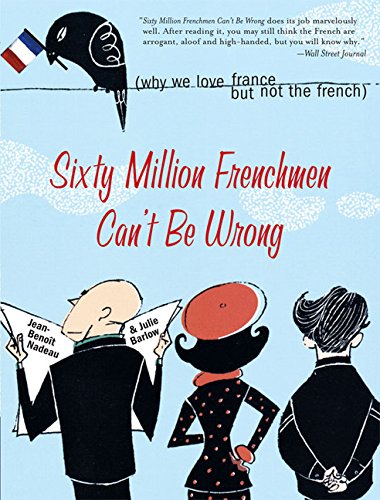
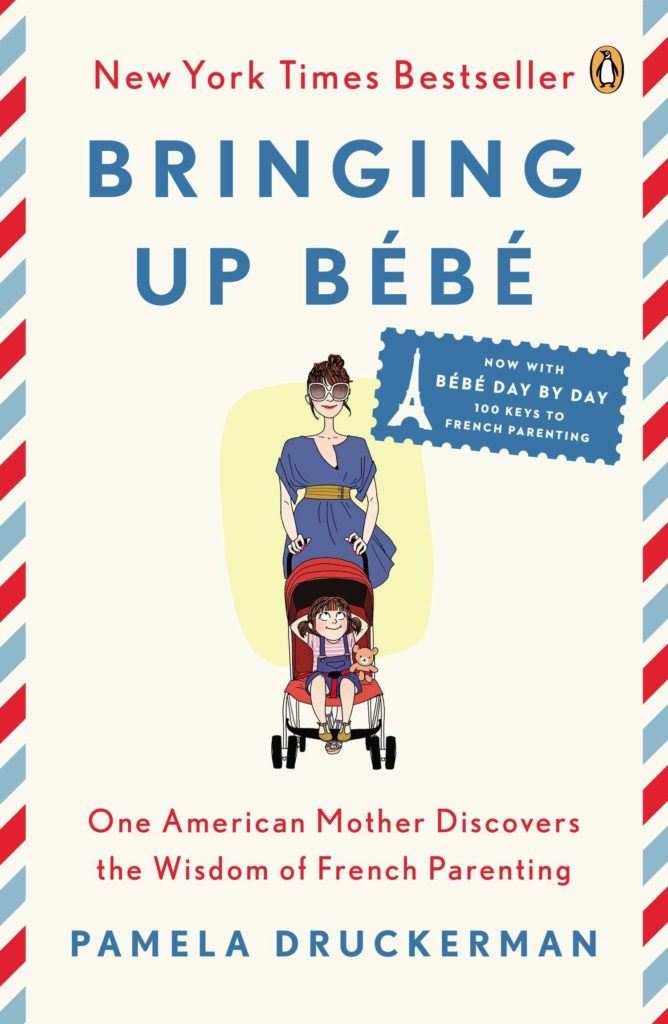
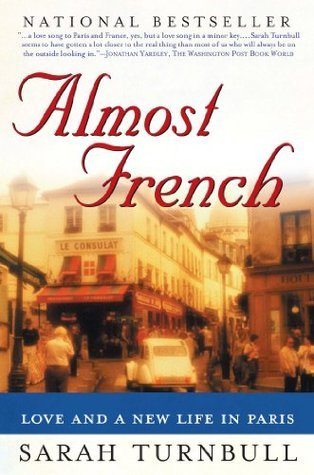
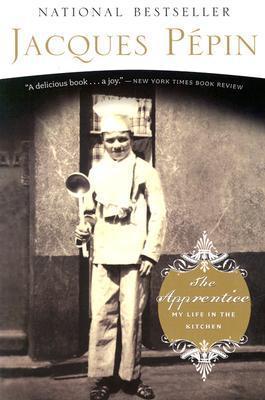
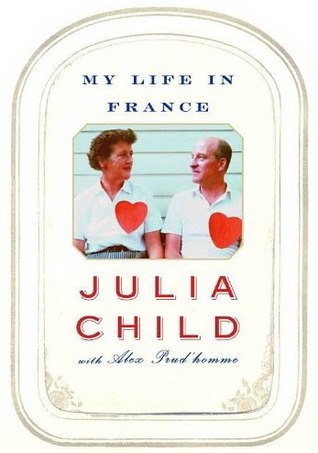

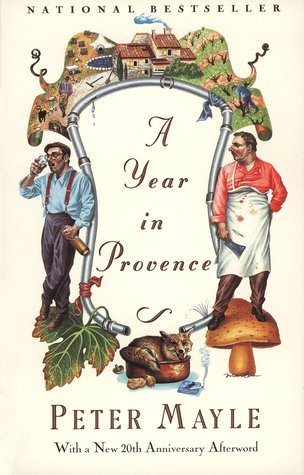
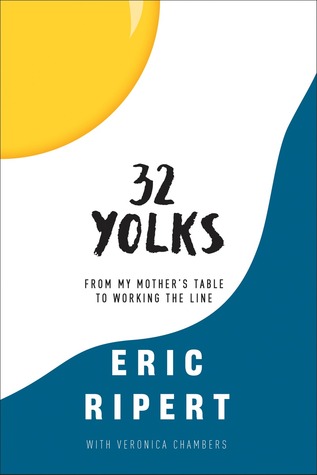
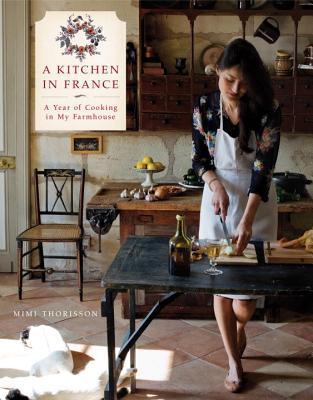
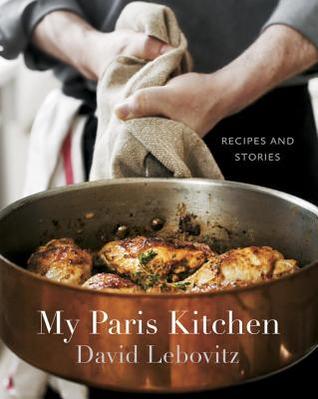


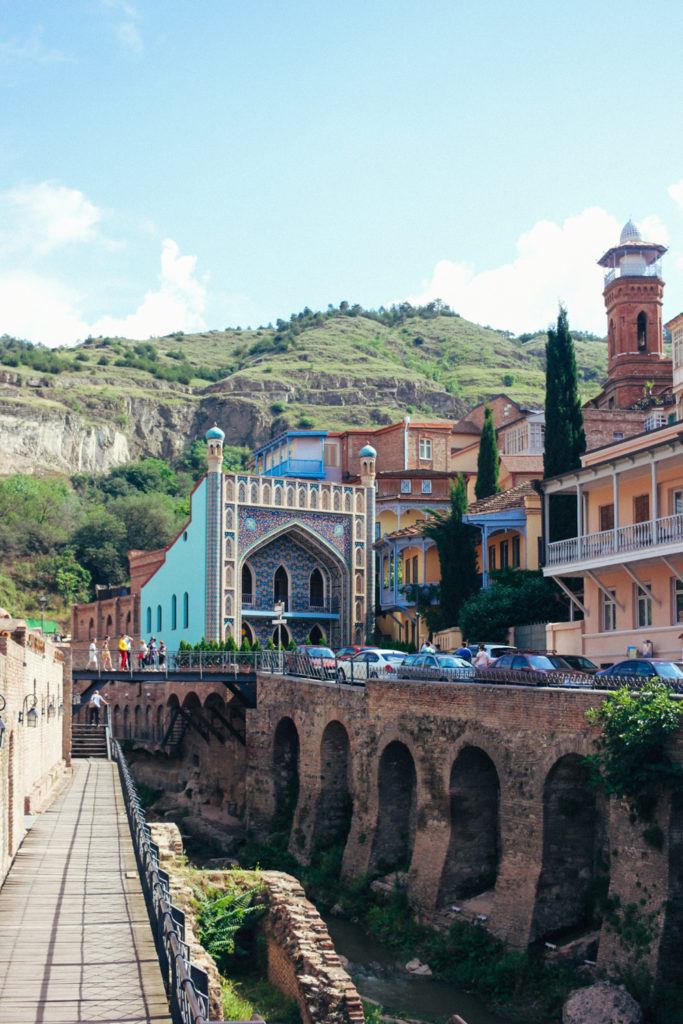
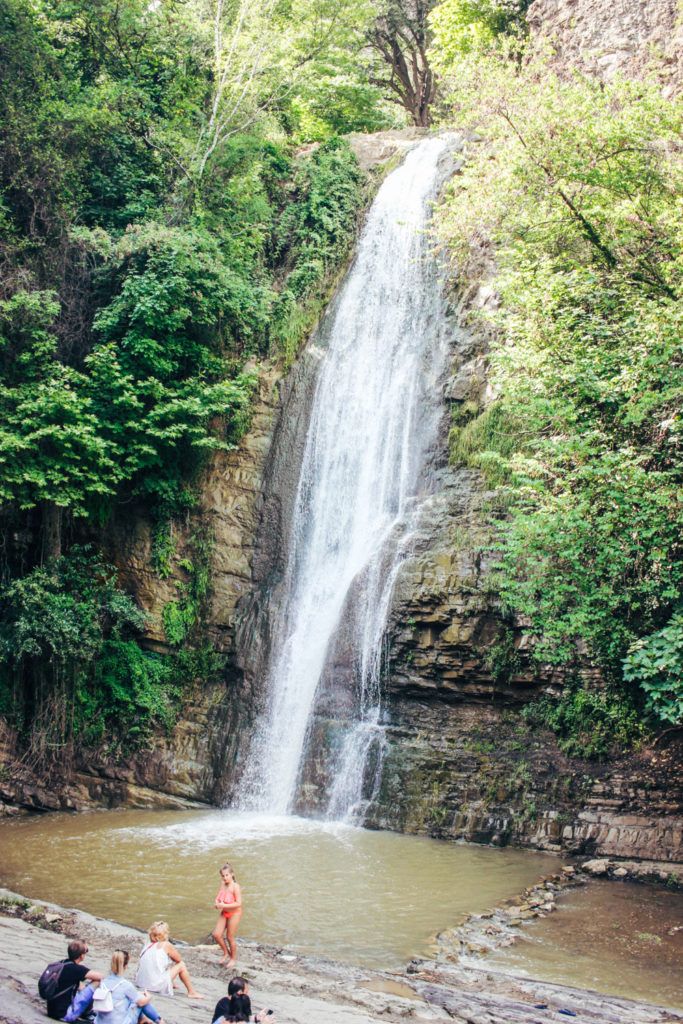


 Can we please take a moment to appreciate Fabrika’s gorgeous lobby?
Can we please take a moment to appreciate Fabrika’s gorgeous lobby? St. George’s Armenian Cathedral
St. George’s Armenian Cathedral The beautiful architecture in the Old Town
The beautiful architecture in the Old Town The gorgeous stained glass staircase at Gallery 27.
The gorgeous stained glass staircase at Gallery 27.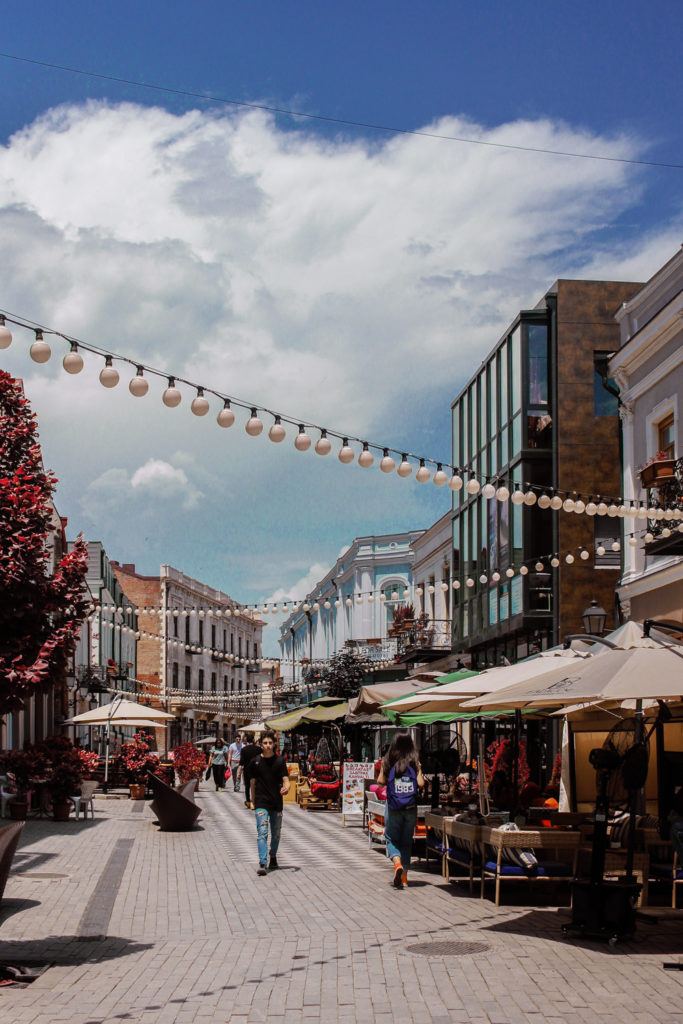
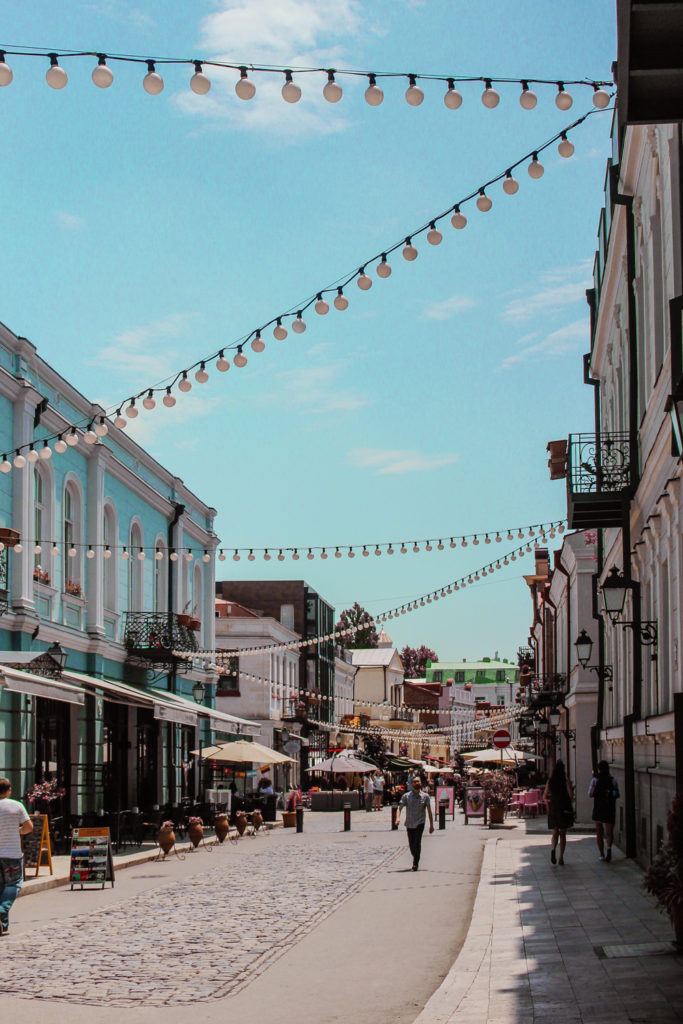



 Full disclosure – I uniformly found Georgian wine to be pretty terrible. But in any case, drinking wine in Georgia is an important experience as it’s such a beloved national pastime.
Full disclosure – I uniformly found Georgian wine to be pretty terrible. But in any case, drinking wine in Georgia is an important experience as it’s such a beloved national pastime.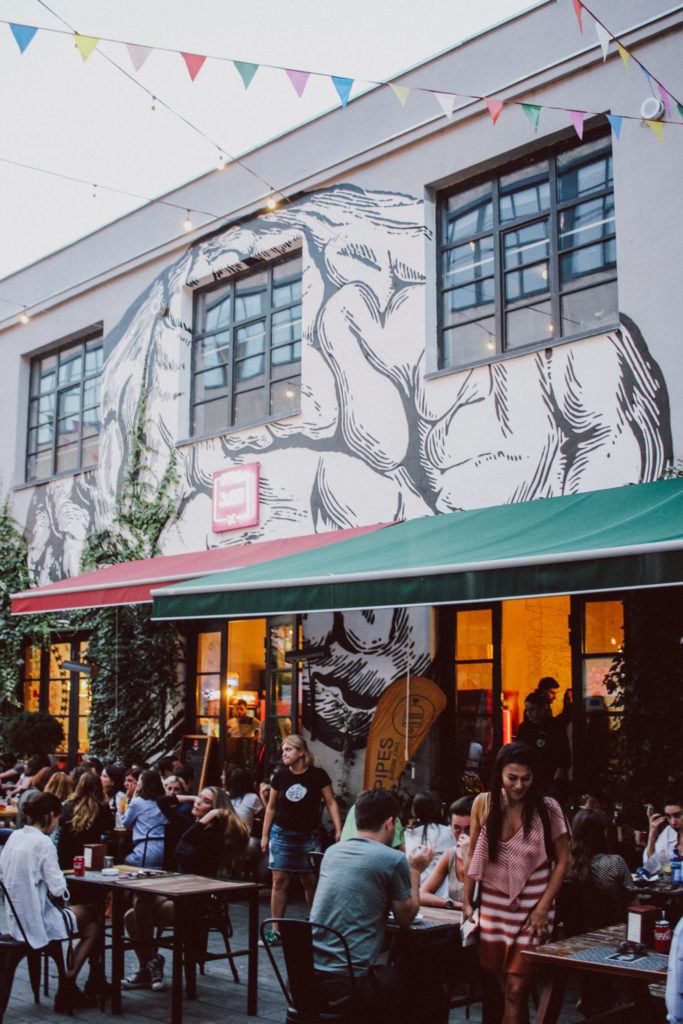
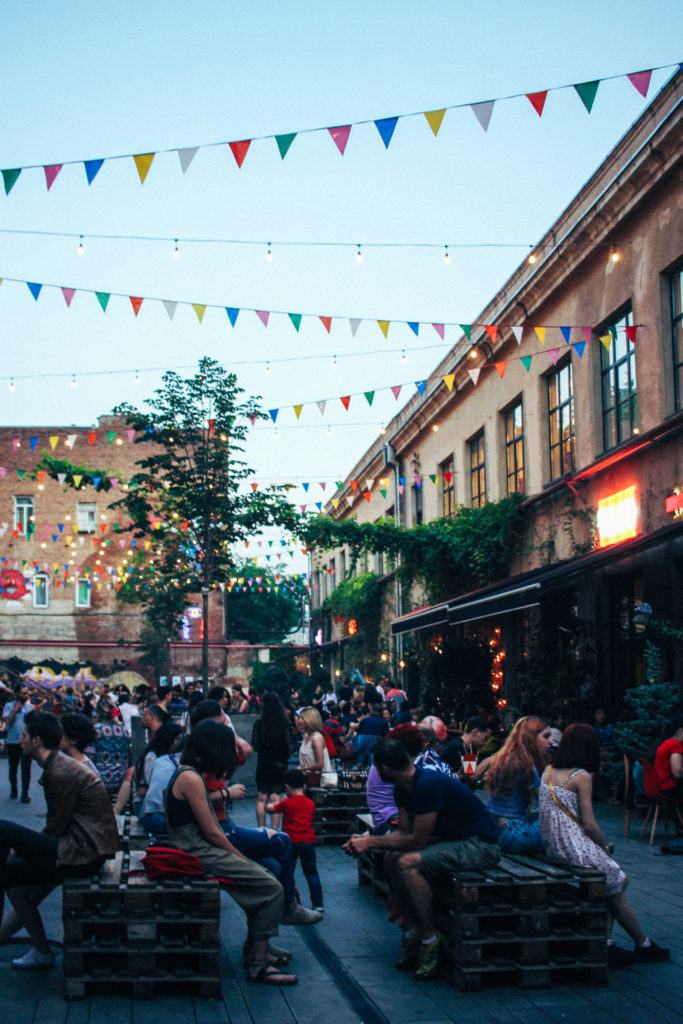


 Caucasian Carpet Gallery, the best place to buy carpets in Georgia.
Caucasian Carpet Gallery, the best place to buy carpets in Georgia. The beautiful, 85-year old Caucasian rug I bought!
The beautiful, 85-year old Caucasian rug I bought!





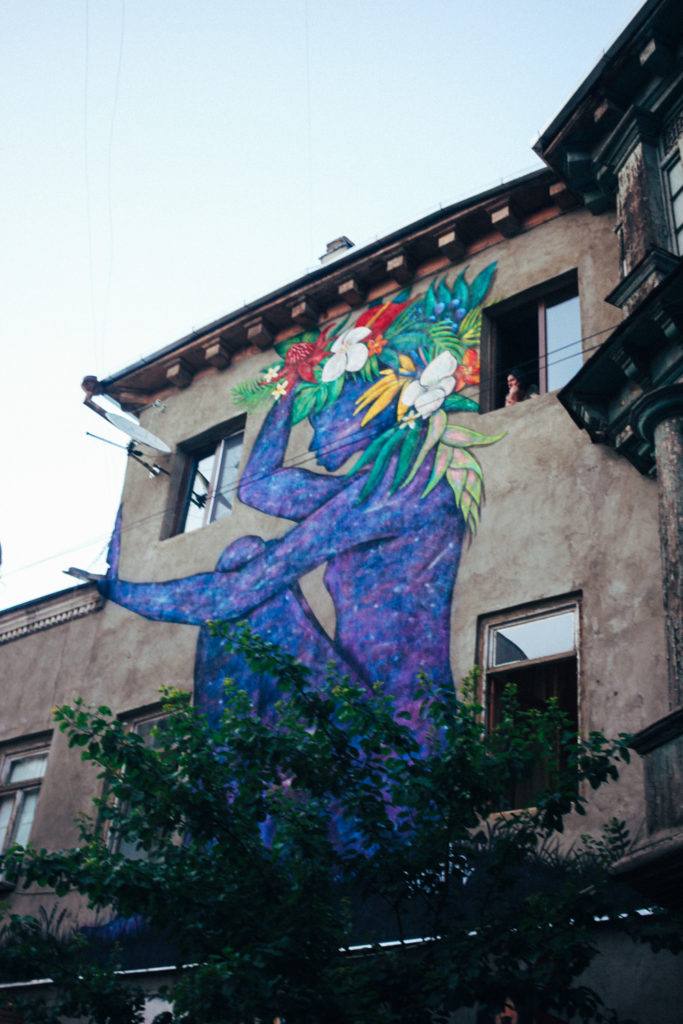
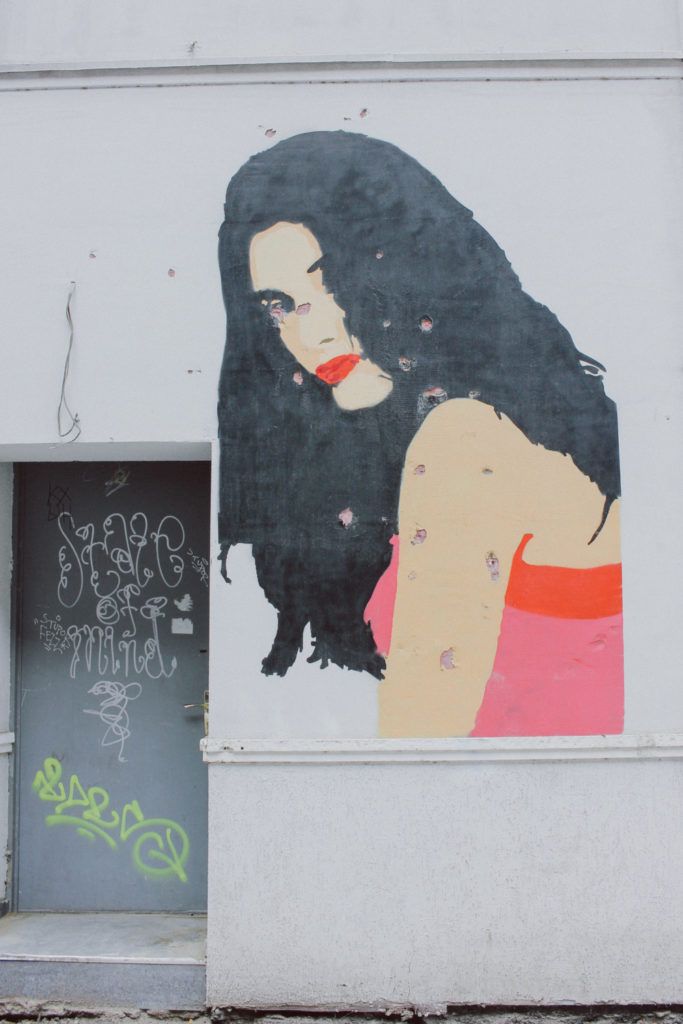
 The Bridge of Peace
The Bridge of Peace
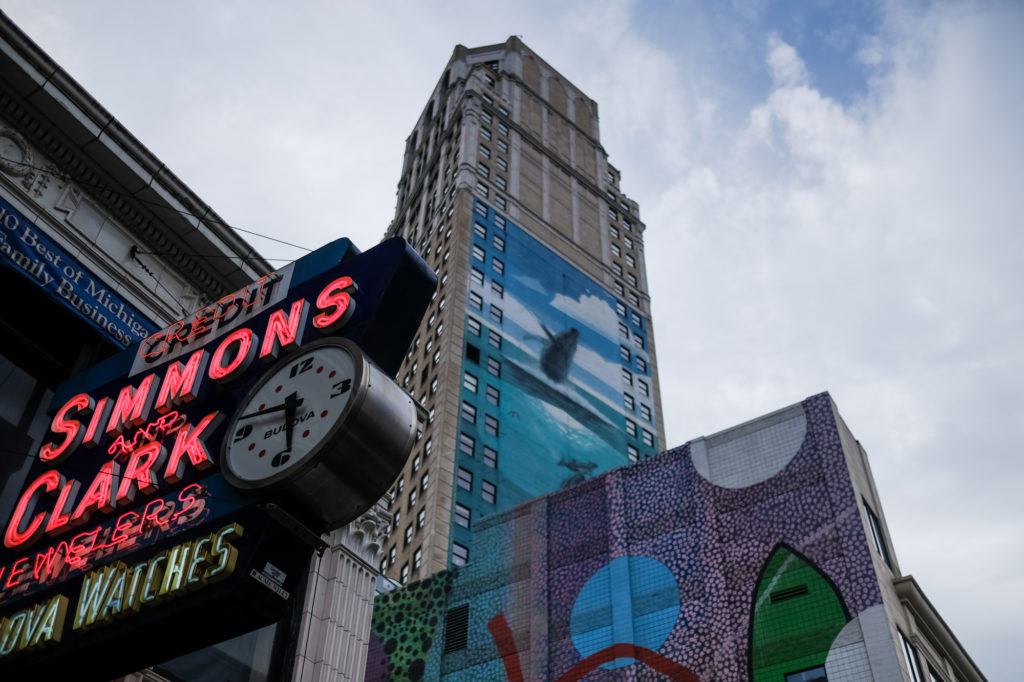


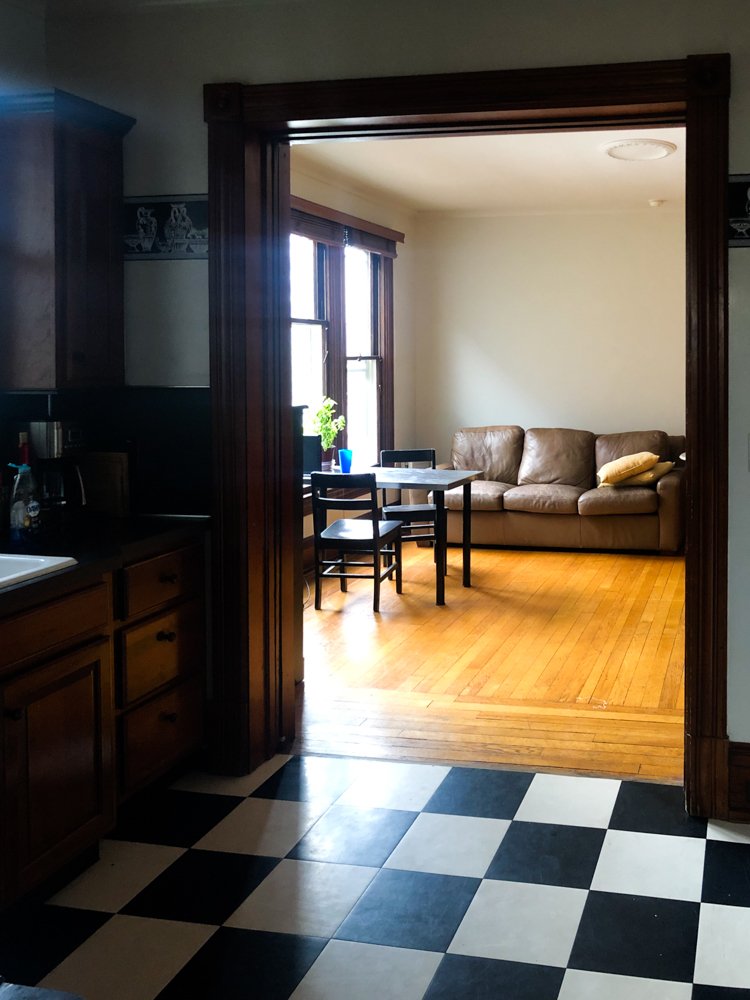 I’m especially obsessed with my black-and-white kitchen floor.
I’m especially obsessed with my black-and-white kitchen floor.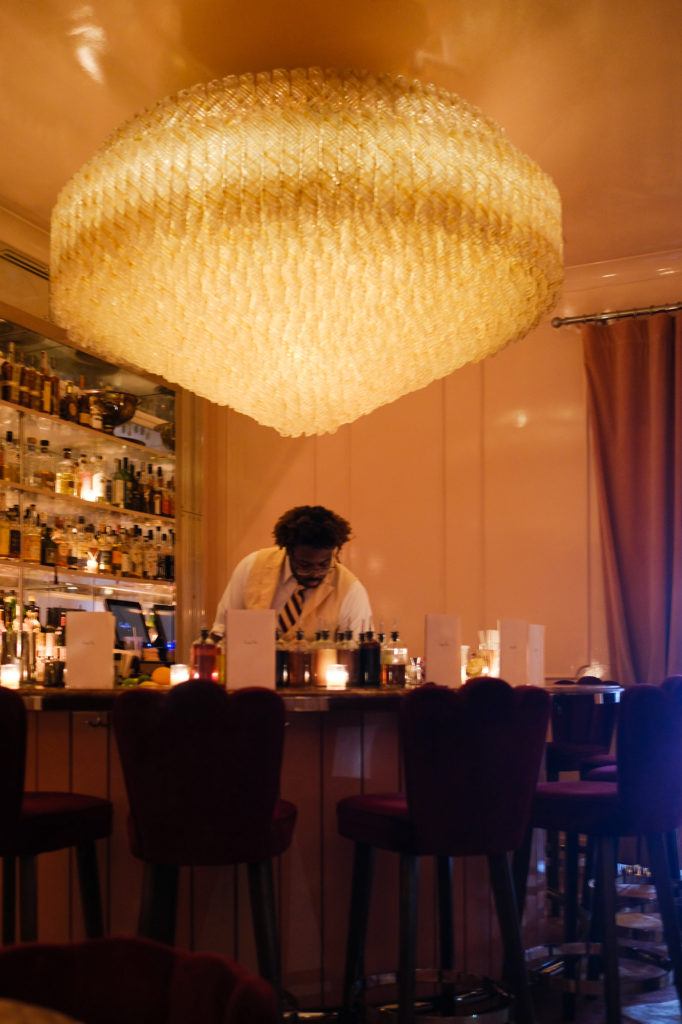 Candy Bar, a super chic new bar in downtown Detroit. I’ve been twice in the last month.
Candy Bar, a super chic new bar in downtown Detroit. I’ve been twice in the last month.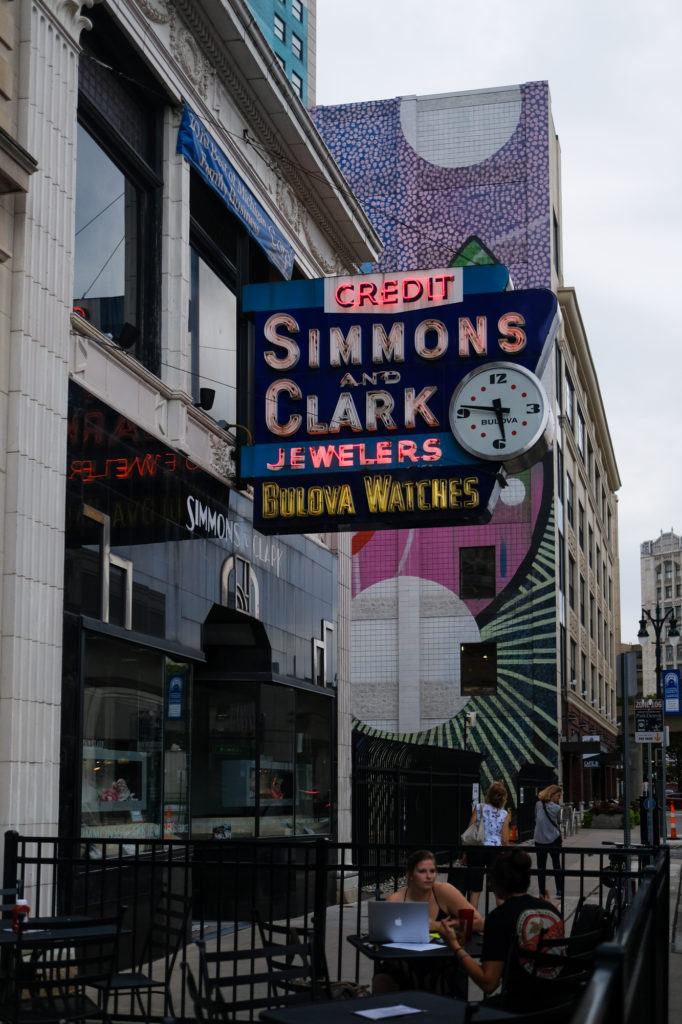 Downtown Detroit in September.
Downtown Detroit in September.